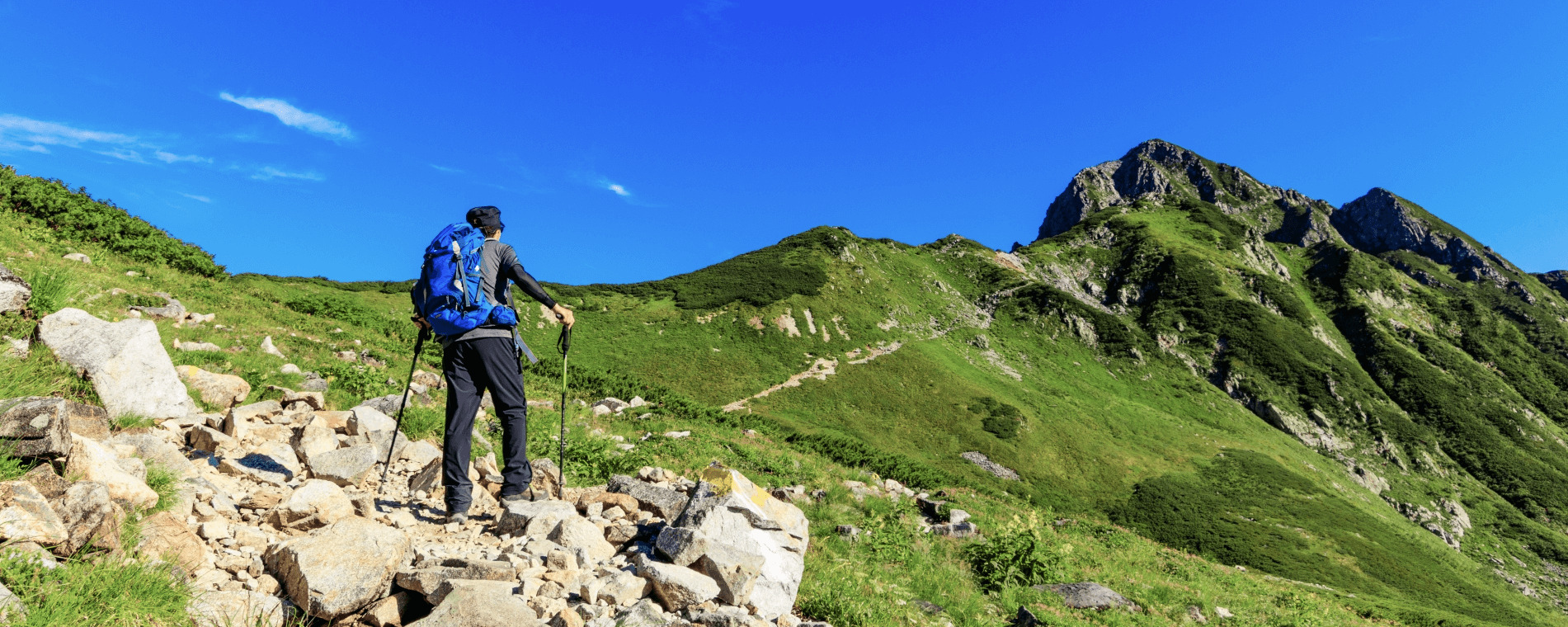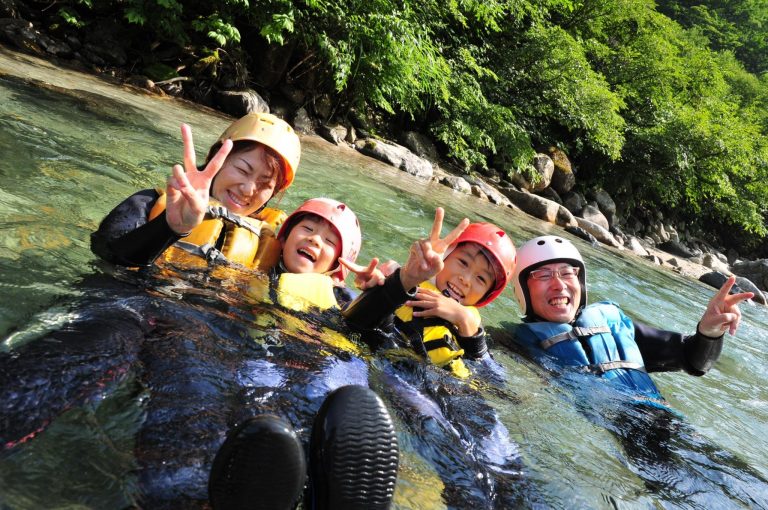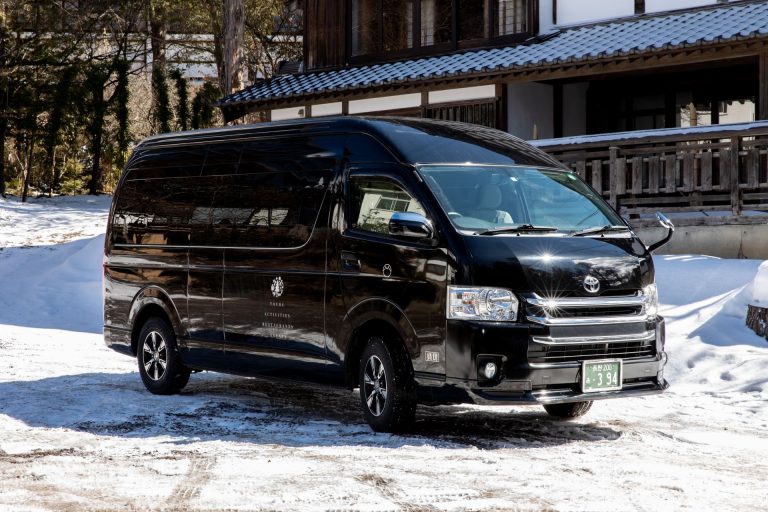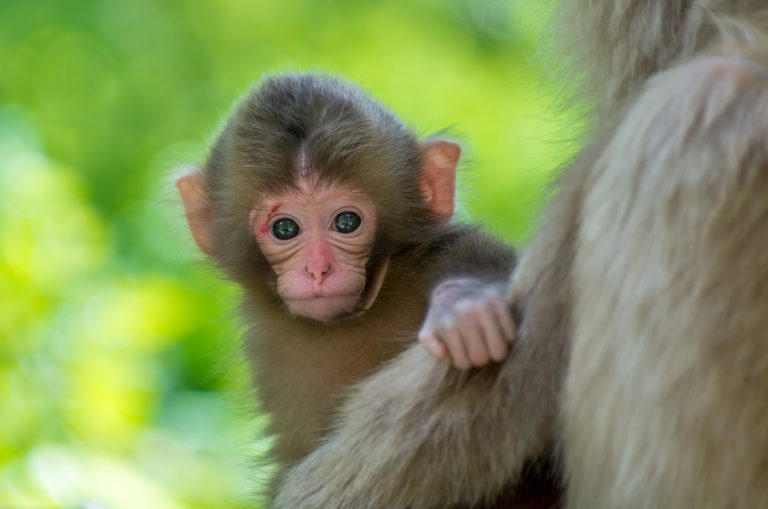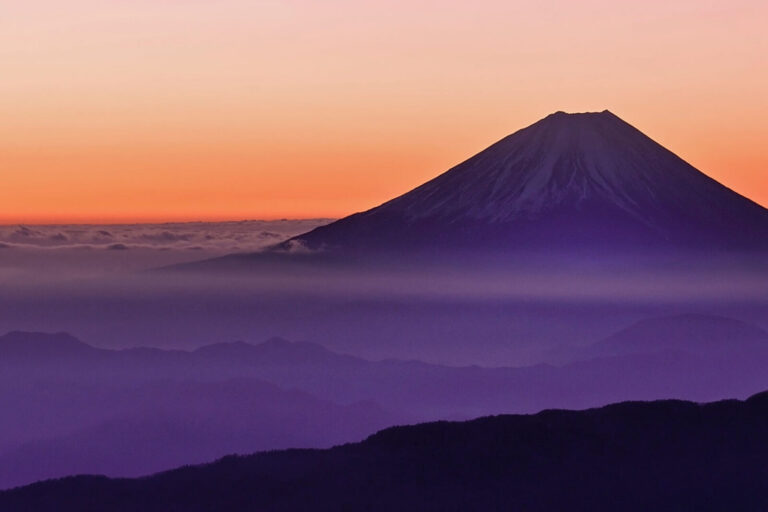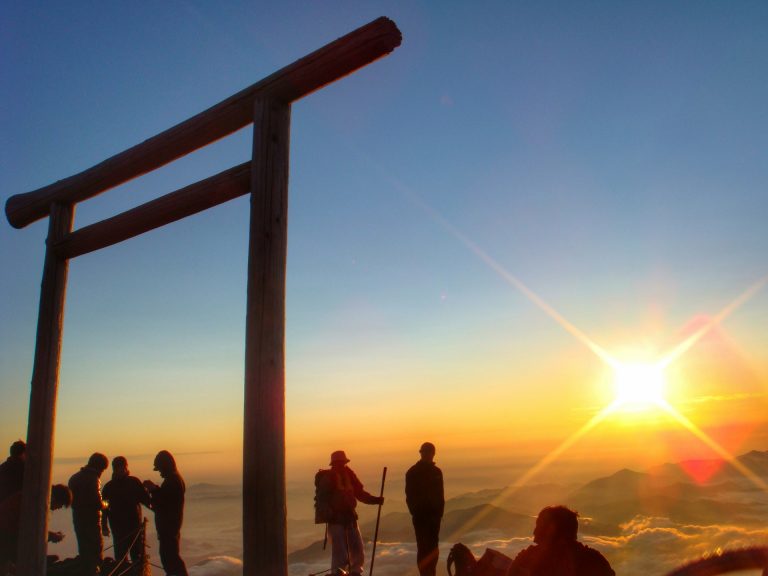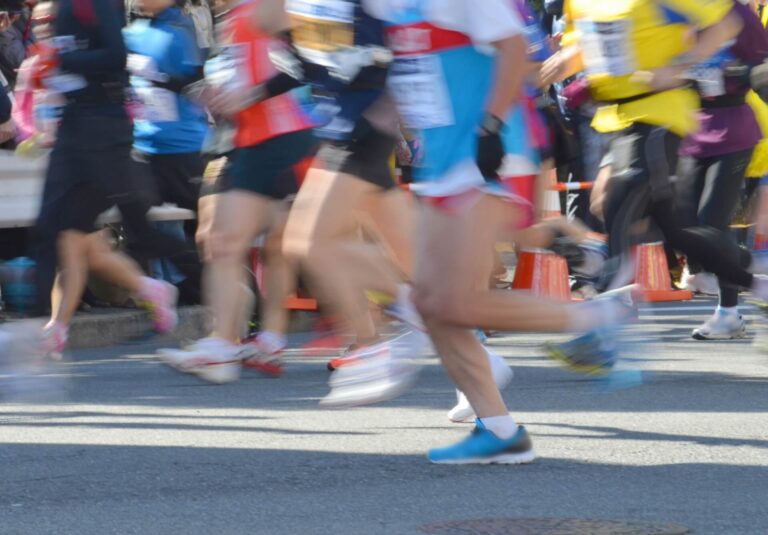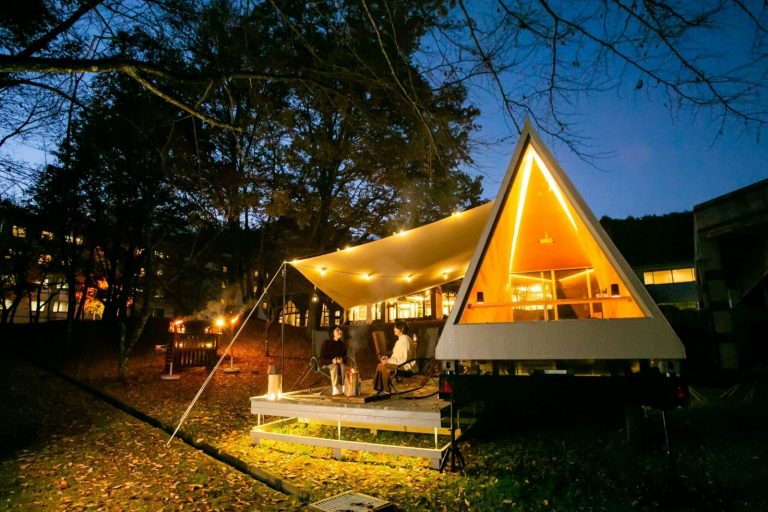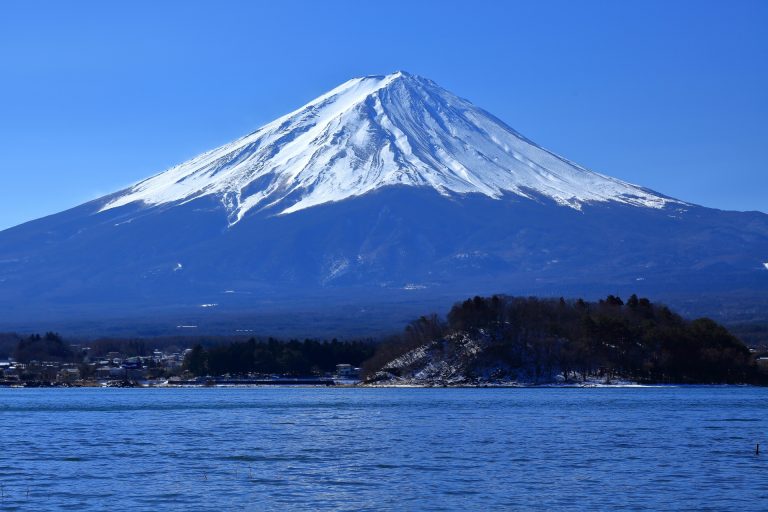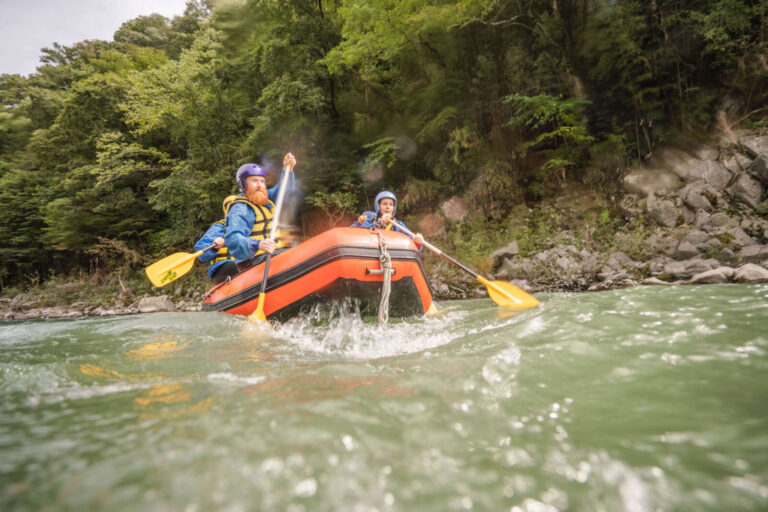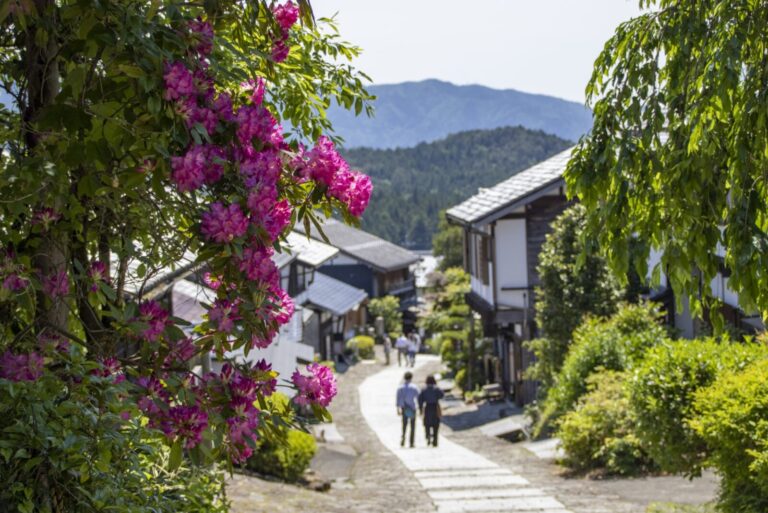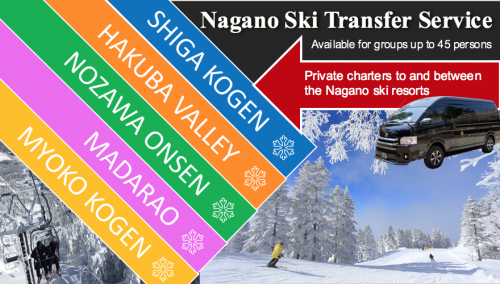Japan Adventure Travel: Well-Being, Spirituality & Tradition
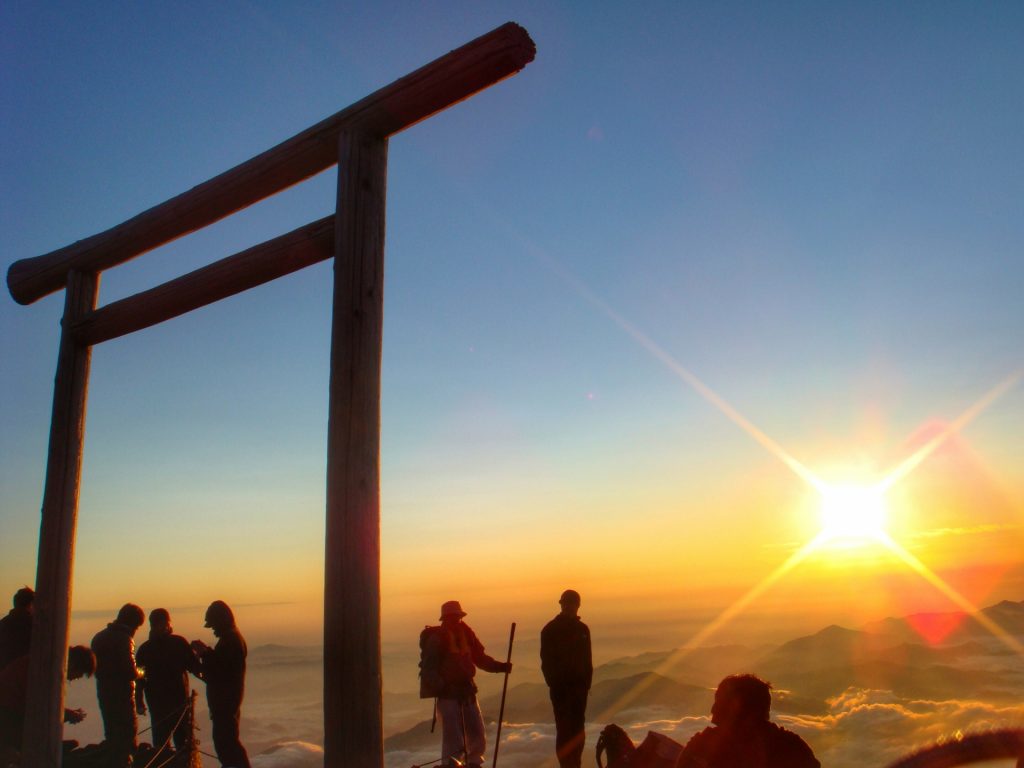
Japan’s traditions and culture are rightly celebrated around the world. Blending two religions – the native faith of Shintoism with the introduced faith of Buddhism – Japan has a unique and fluid belief system that underpins much of its traditional culture. From farming to fine arts, cooking to festivals, pilgrimage walks to meditation, many of Japan’s traditions are underpinned by deep spirituality making them an essential – if you not immediately obvious – inclusion on any list of adventure travel options while here. On this page you will find the following information:
1 / Shintoism, Buddhism & Tradition in Japan
2 / Temple & Shrine Experiences
3 / Japan’s Three Sacred Mountains
4 / Recommended Spiritual & Historic Walks
5 / Hot Springs, Yoga & Meditation
6 / Experience More On A Guided Tour
7 / Book With Us! Nagano’s No.1 Tour & Charter Operator
For more travel adventures experiences and destinations, see our main ‘Japan Travel Adventure’ page. We hope this information is helpful in planning your next adventure in Japan.
1 / SHINTOISM, BUDDHISM & TRADITION IN JAPAN
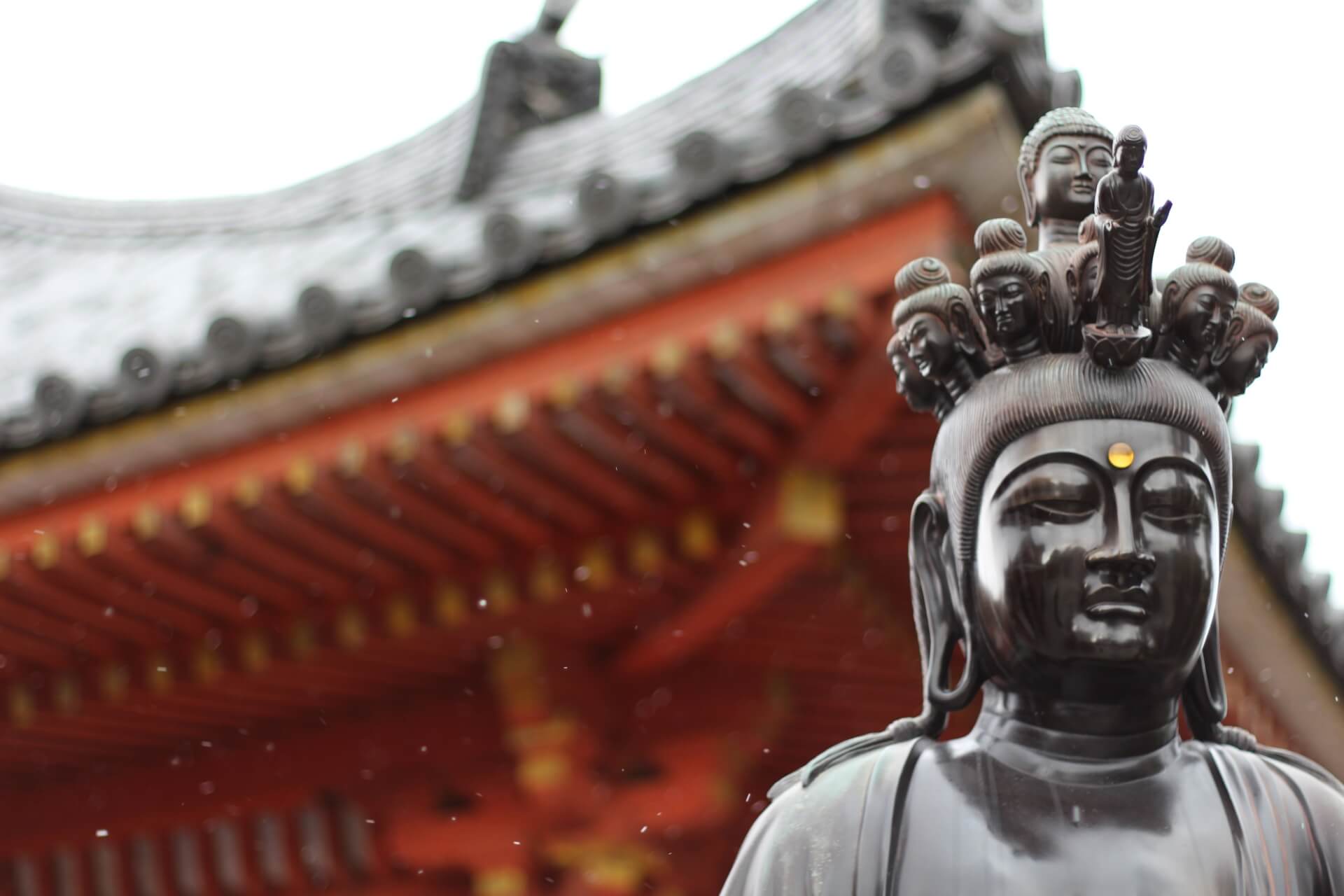
It is an interesting fact that many if not most Japanese follow two religions at one time, blending the native faith of Shintoism with Buddhism in a fluid belief system. Shintoism places importance on principles of nature worship and purification through water and other outdoor activities while Buddhism shares many of the same principles and familiar practices such as meditation and studied contemplation.
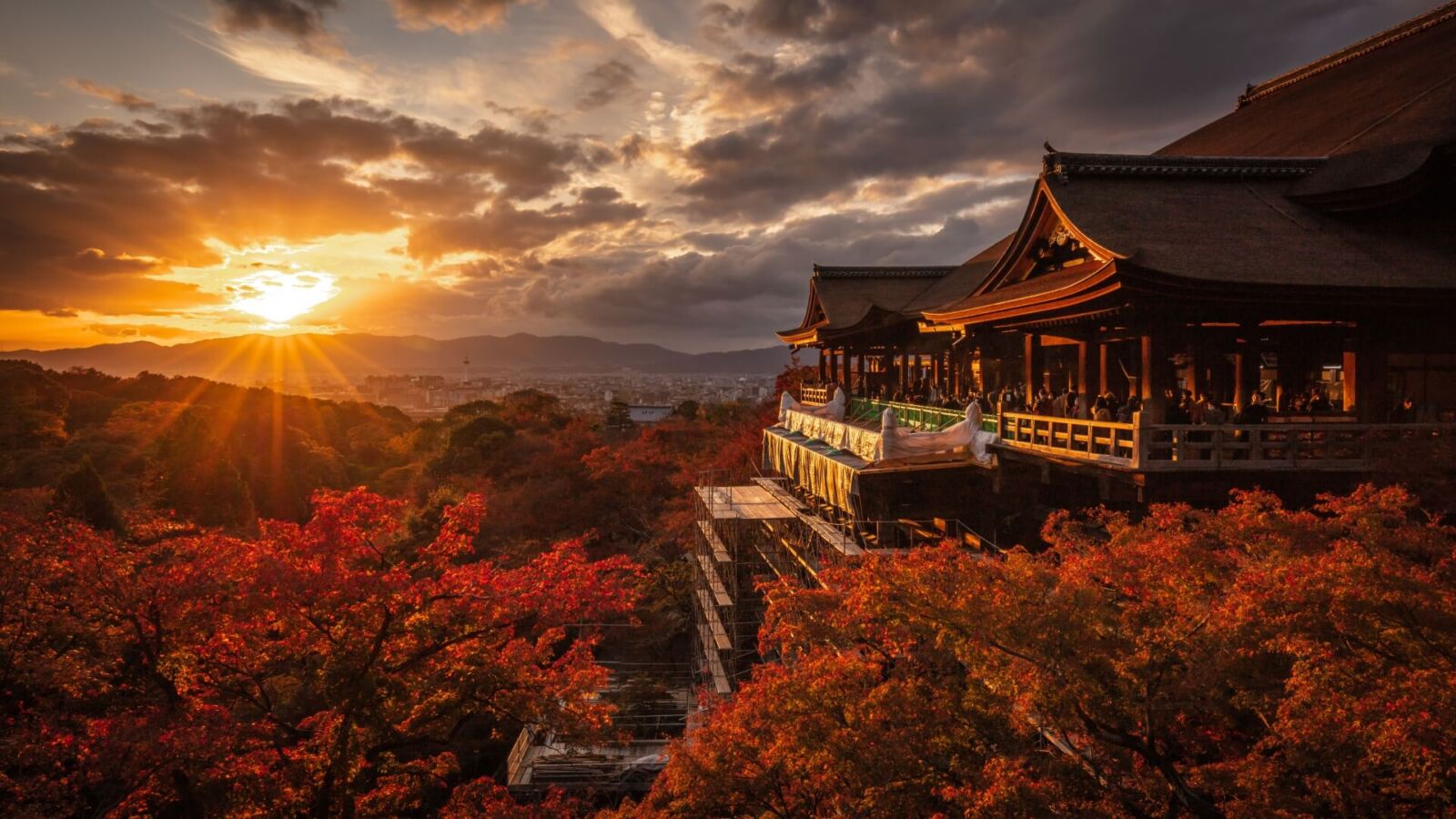
The blend of these two religions into a uniquely Japanese faith system underpins much of the traditional culture and practices the country is so well-known for. From farming methods to festivals, fine arts to cooking and folk crafts, enjoying Japanese traditions is one of the best ways to truly experience this endlessly fascinating country and culture.
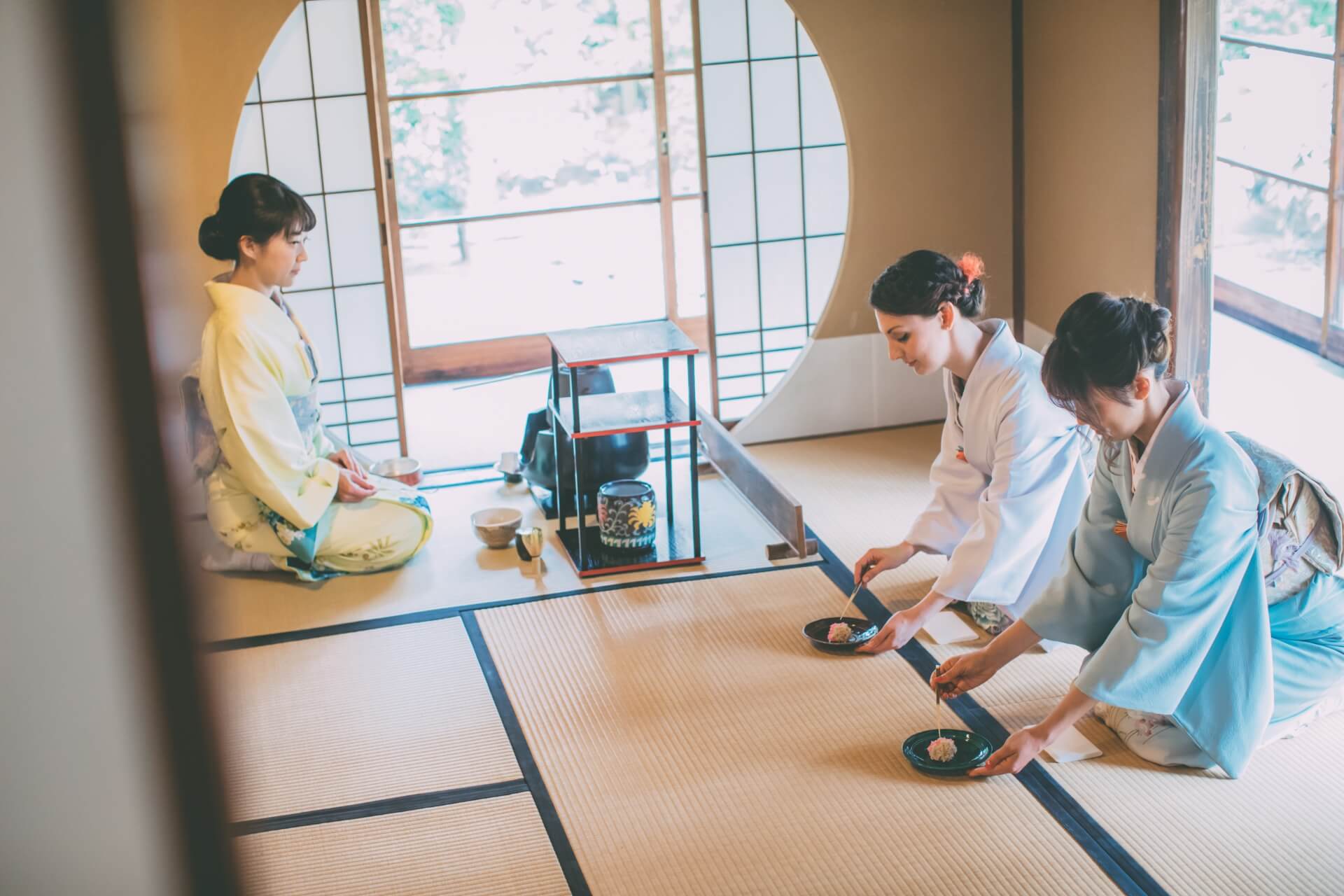
We encourage you to explore as much as possible while in Japan! The country boasts an endless array of spiritual and traditional experiences starting with Shinto and Buddhist activities in and around the many shrines and temples that dot the country including ‘shukubo’ (traditional temple lodgings) that offer accommodation and practices to all guests, regardless of your faith and background. And while there is no shortage of temples and shrines found throughout the country, some of the more famous destinations for visitors interested in that aspect of Japanese culture are the Koyasan and Ise Jingu on the Kii Peninsula, the former imperial capital of Kyoto, and more.
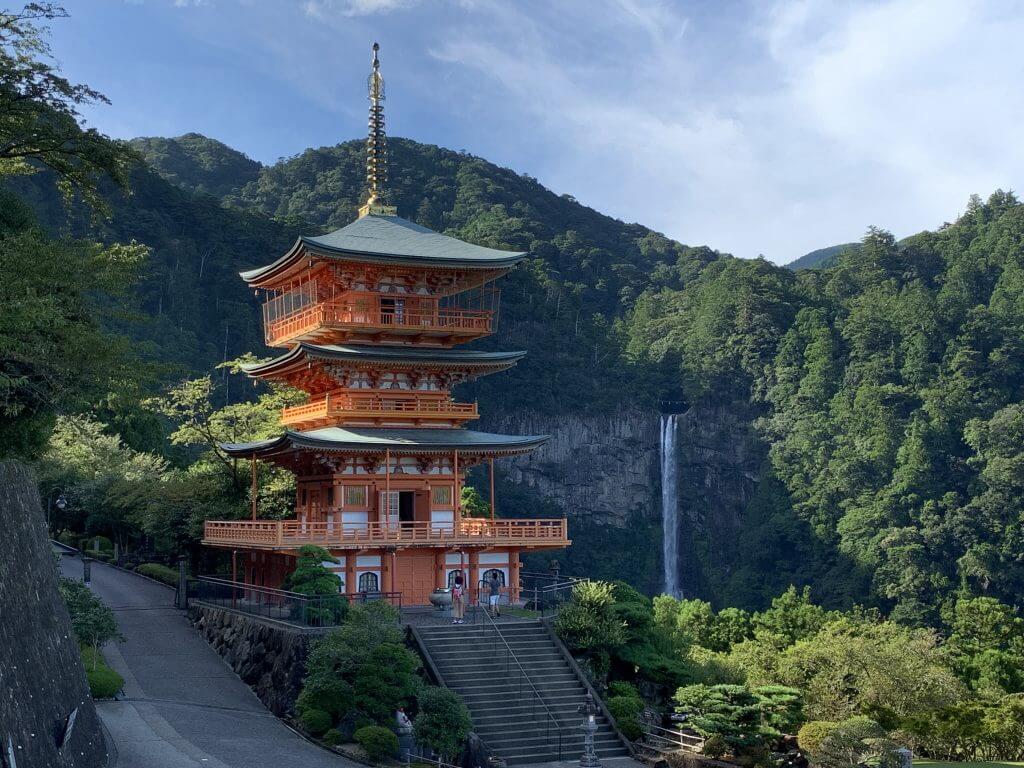
In our home region of Nagano and Central Japan, the near-1400 year old temple complex of Zenko-ji is one of the most important Buddhist sites in the country while Daihonzan Eihei-ji in Fukui is one of Japan’s most impressive religious destinations. Both offer visitors a range of activities that can be enjoyed throughout the year.
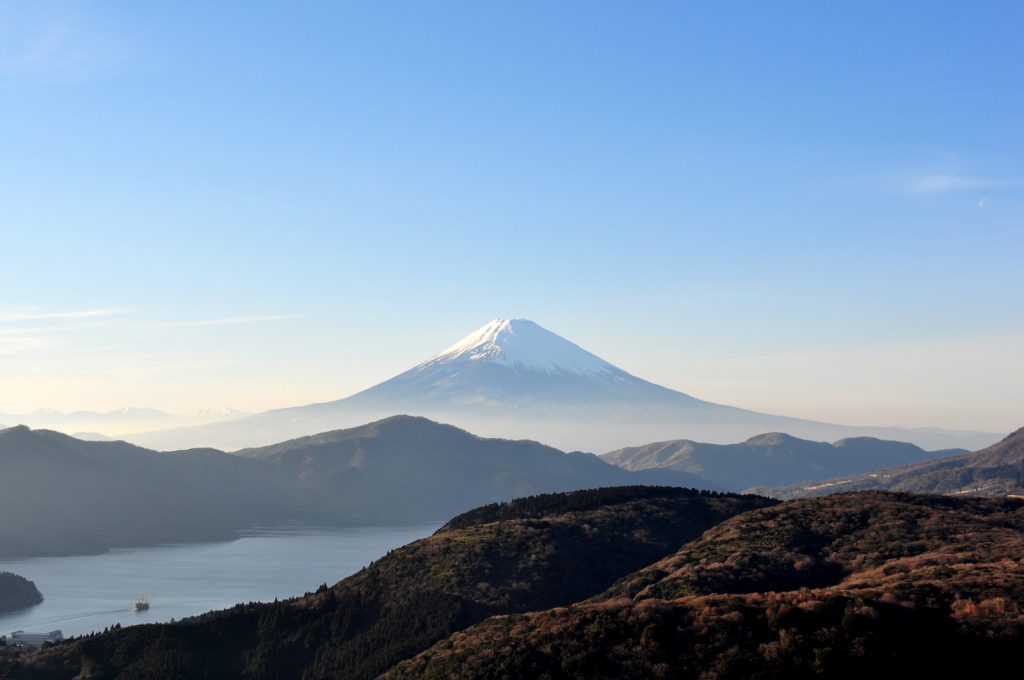
Away from the temples, Central Japan boasts some of the country’s most renowned spiritual and historic walks including the Ontake Kodo, Togakushi Kodo and Nakasendo Trail along with Japan’s three most sacred mountains – Fuji, Tate and Haku. Hiking the mountains and other pilgrimage trails takes visitors deep into traditional Japan, along roads both historic and spiritual and into a richer understanding of what this country is all about.
2 / TEMPLE & SHRINE EXPERIENCES
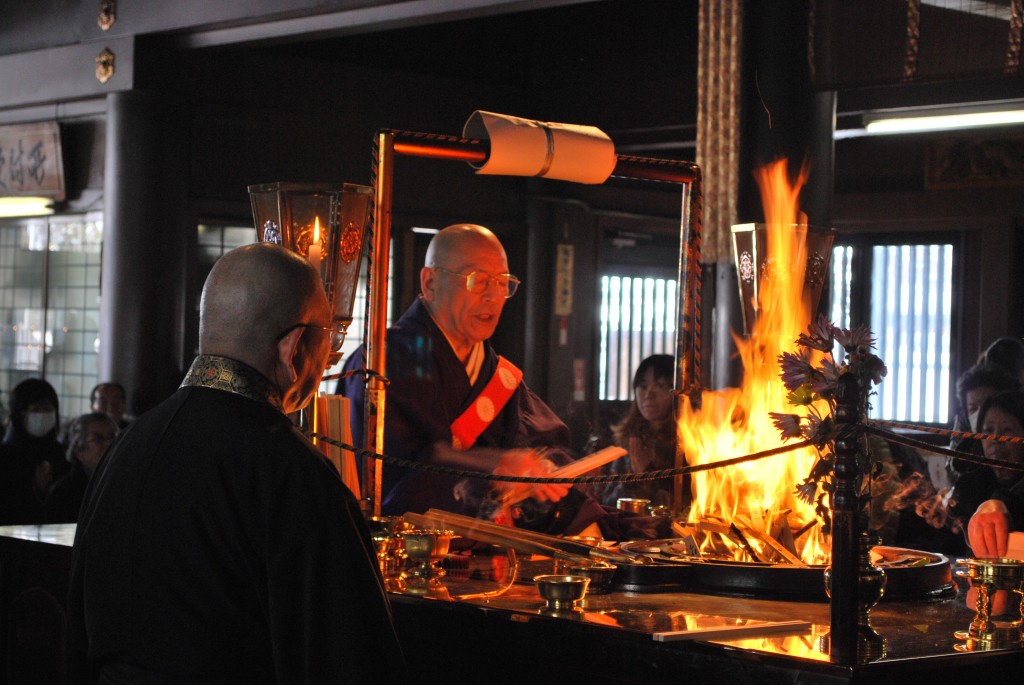

Japan boasts countless temples and shrines at which to explore and enjoy spiritual practices. From the famous to the very local, each has its own story and reason for existing, with many offering a range of spiritual practices suitable to guests of any background or faith. Let’s start with a couple of the most famous and important areas just outside of our region:
Koyasan
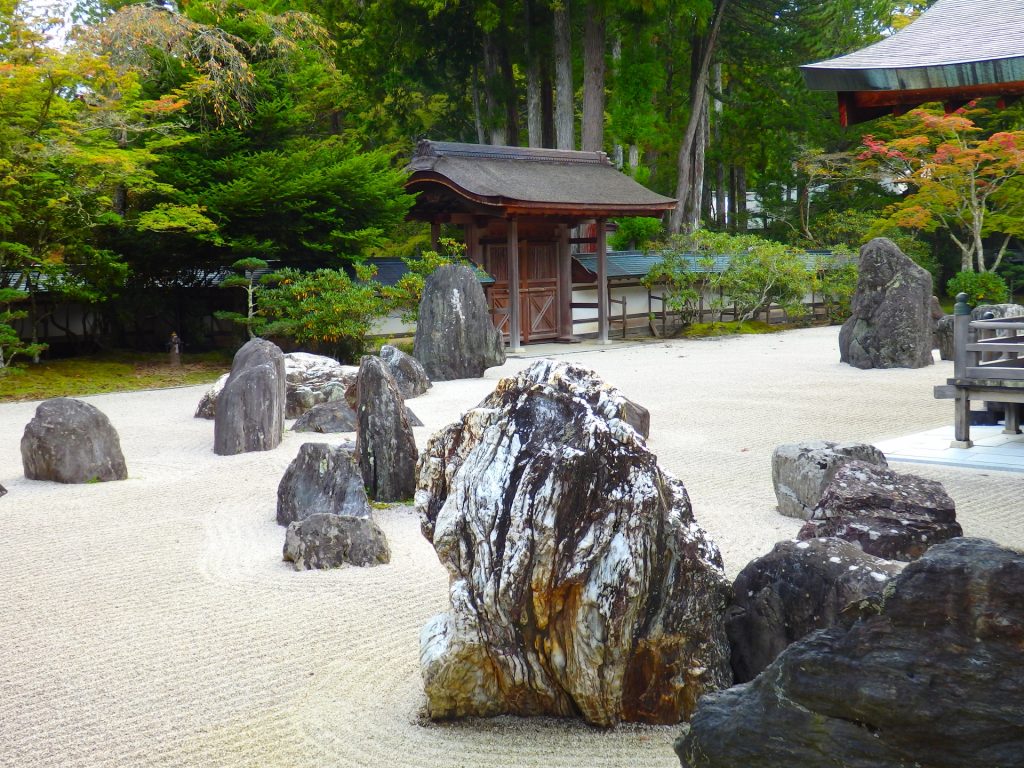
Located in Nara Prefecture and within easy reach of Kyoto and Osaka, the temple mountain of Koyasan is one of Japan’s most important religious destinations. As the center of the Shingon school of Buddhism, Mount Koya or ‘Koyasan’ is another of Japan’s most important religious sites. Founded in the 9th century by the monk Kukai – one of the most significant historic and religious figures in Japan’s history – ‘Koya-san’ is an immense temple settlement spread through the forests of Mount Koya. Notable temples within Koyasan include Okunoin Temple, Kongobuji Temple and Garan among many others. In recent years, staying in a temple lodging – called ‘shukubo’ in Japanese – is an increasingly popular activity for international visitors, regardless of faith or background. Over fifty temples offer lodgings and experiences including mediation and other fundamental Buddhist practices – the ideal place to enjoy a deeper, insightful experience of Japan.
Kyoto & Nara
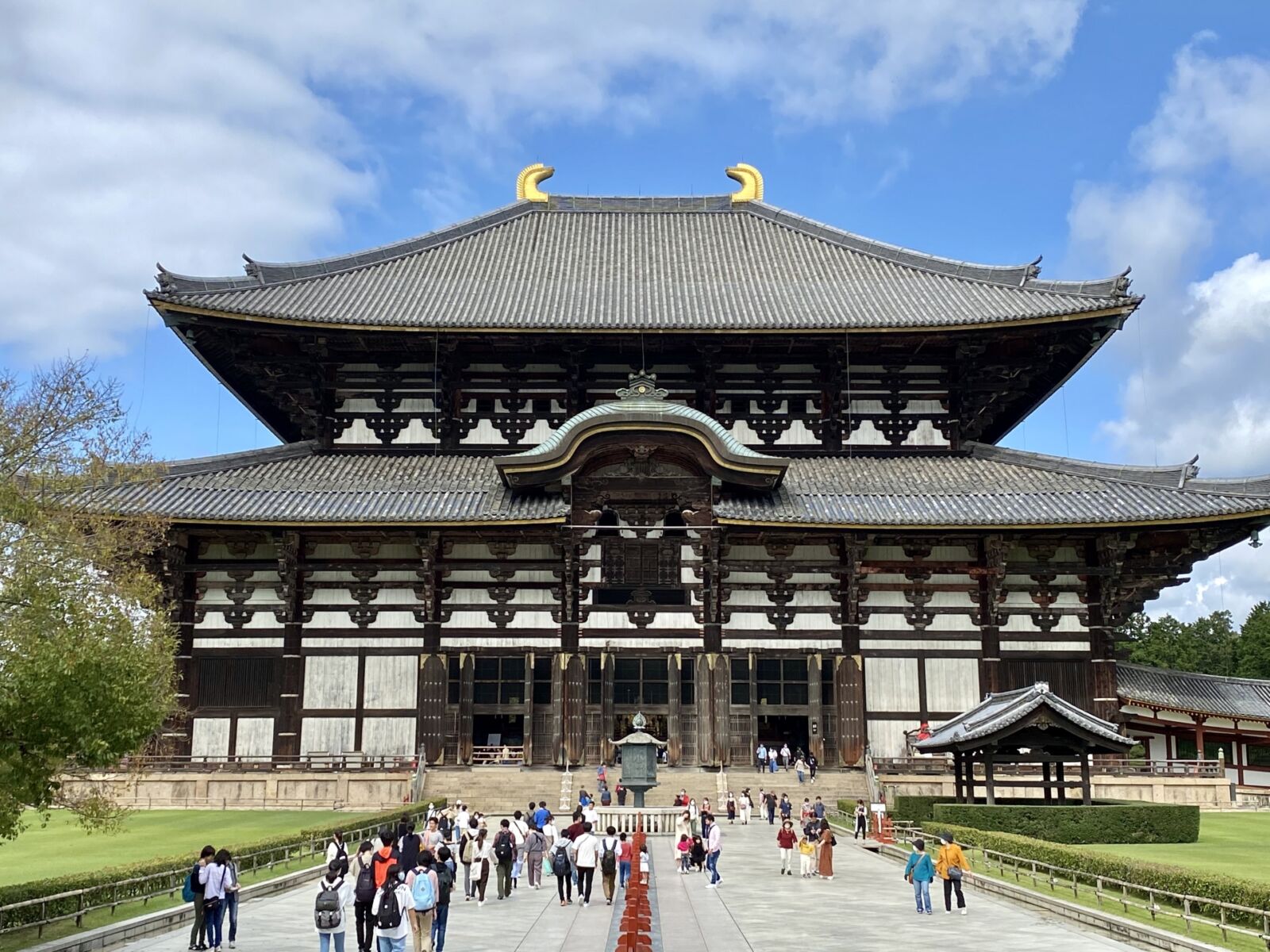
The former imperial capitals of Kyoto and Nara boast Japan’s most famous Buddhist temples including multiple World Heritage-listed sites along with numerous other temples, shrines and historic sites provided a range of national protections. Some of the most famous and popular temples include Kiyomizudera, Fushimi Inari Taisha and Kinkaku-ji in Kyoto along with Japan’s largest temple, Todai-ji, in Nara. As the seats of imperial power for more than 1000 years, both cities boast historic areas and venues catering to all manner of traditional experiences including tea ceremony, flower arrangement and the famous ‘geisha’ of Kyoto’s Gion district.
1 Day Tour
| Kyoto Heritage Path – From Fushimi Inari’s Mystery to Kiyomizu Temple Majesty | |
| Period | All year round |
| Time | 09:00-17:00 |
| Meeting Place | JR Kyoto Station |
| Adult Rate | ¥17,800 |
| Child Rate | ¥13,000 |

Ise Jingu

Located on the Kii Peninsula, ‘Ise Jingu’ or the Ise Grand Shrine is the most important Shinto complex in Japan. Dedicated to the sun goddess Amaterasu-Omikami, the complex is made-up of multiple shrines – a total of 125 – and other structures centred around the Kotai Jingu (Inner Shrine) and Geku (Outer Shrine). The overall complex covers a huge area with many important sites and features leading to the shrines. The Kotai Jingu – also referred to as the ‘Naiku’ – is regarded as the most venerable sanctuary in Japan. Enshrining Amaterasu-Omikami – the ancestral deity of the Imperial Family – for 2000 years, Naiku embodies the spirit and spiritual beliefs of the Japanese people. Within easy reach of Nagoya – the largest city and travel hub in Central Japan – Ise Jingu is one of three hugely important spiritual sites in the area along with Koyasan – as discussed above – and the nearby pilgrimage trails of the World Heritage-listed Kumano Kodo – see below for details.
1 Day Tour
| 1-Day Tour from Nagoya: Ise’s Sacred Shrines and Captivating Coastlines | |
|
| |
| Period | All Year Round |
| Time | 9:00~18:00 |
| Meeting Place | JR Nagoya Station |
| Adult Rate | ¥24,900 |
| Child Rate | ¥19,900 |

Zenko-ji
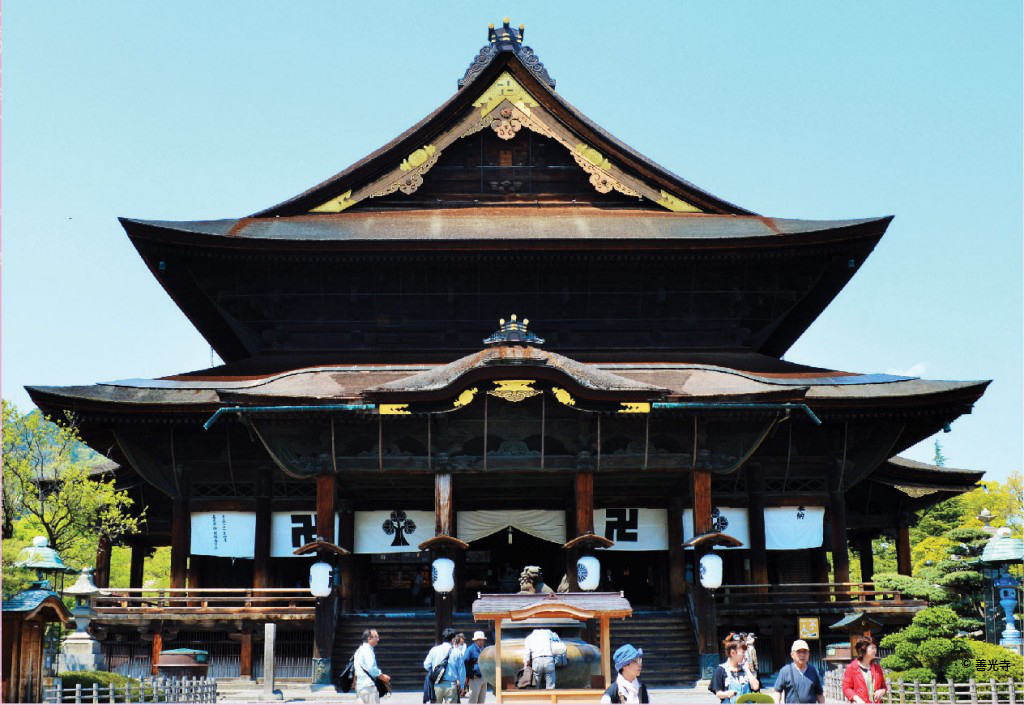
Moving into our home region of Central Japan, Zenko-ji was founded in 642 and is one of the oldest and most important Buddhist temples in the country. With a history stretching back nearly 1400 years, the temple is said to house the first Buddhist statue to be brought to Japan and in every sense, is the spiritual heart of the region. One of the few temples in Japan to hold a morning ceremony every day of the year, Zenko-ji is also one of the country’s most open and welcoming temples offering a range of practices including seated meditation, calligraphy and fire ceremony. The temple remains one of the most important pilgrimage sites in the country and as such, is surrounded by ‘shukubo’ (traditional temple lodgings) welcoming guests of any faith and background.
2 Day Tour
| Tea Ceremony and Zenkoji Experience Tour with ‘Shukubo’ Stay | |
|
| |
| Period | All Year Round |
| Time | 12:15-16:30 |
| Meeting Place | Nagano Station |
| Adult Rate | ¥33,800 |
| Child Rate | ¥26,800 |

Togakushi
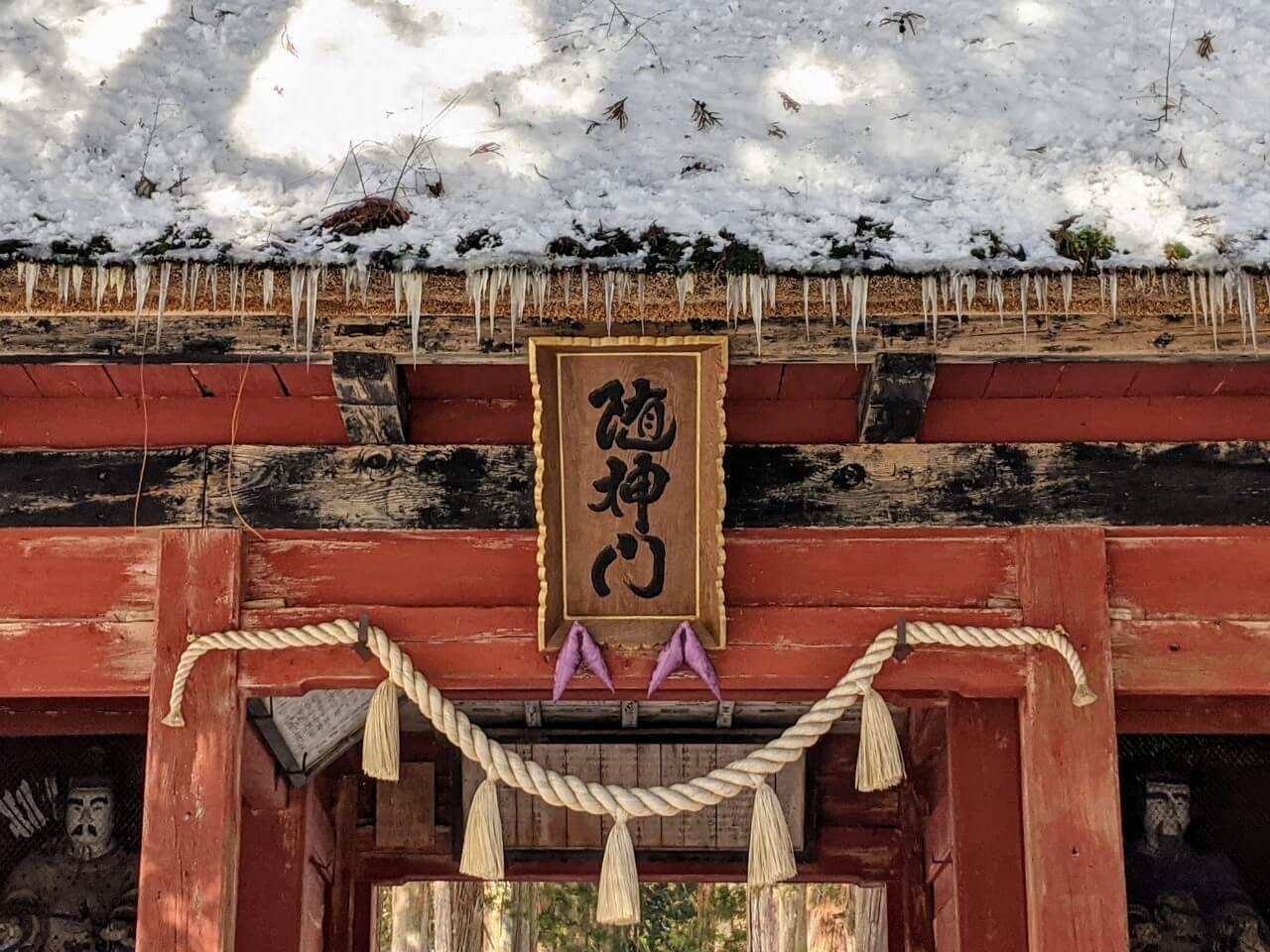

Sitting in the forested mountains just outside of Nagano City, Togakushi is home to some of Japan’s most important Shinto shrines. Related to the creation myths of Japan itself, the region is well-known to Japanese who consider it to be a sacred landscape. The shrines that make-up the Togakushi shrine complex celebrate and honour an important aspect of that creation myth and in doing so, the shrines of Togakushi sit aside Ise Jingu as some of the most important in Japan. Known as ‘yamabushi’ in Japanese, mountain ascetics have long been drawn to the secluded forests and mountain hideouts of Togakushi – a tradition that imbued the area with mystery and power and led to the founding of the Togakure school of ninjitsu there. Today, Togakushi’s ninja heritage is celebrated alongside its important shrines, through a museum and activity parks that allow each of us to release our inner ninja.
Daihonzan Eihei-ji
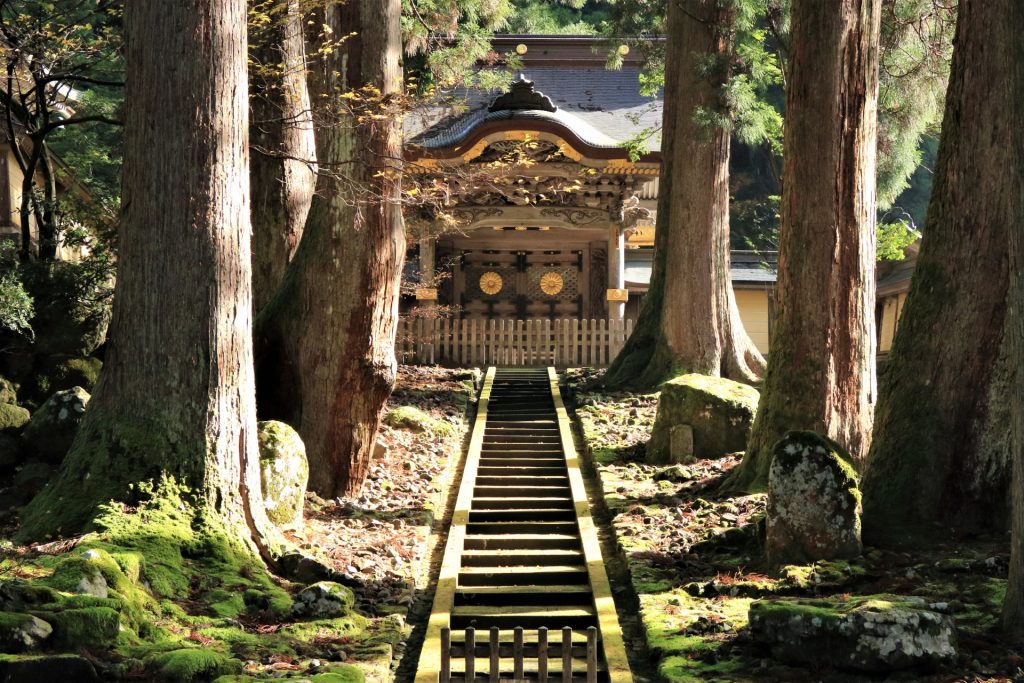
One of Japan’s most impressive and important temple complexes, Daihonzan Eihei-ji was established in 1244 by Dogen, the Buddhist scholar who brought Soto Zen Buddhism from China to Japan. – now one of Japan’s largest sects. Located in a picturesque area of Fukui and set among a cedar forest, the temple complex is comprised of 70 buildings and structures connected by covered walkways and is without question one of Central Japan’s most important and engaging spiritual destinations. The expansive temple complex is serviced by a small town with many traditional guesthouses including ‘shukubo’. An ideal place to stay to experience one of Japan’s most important temples – one that remains largely unknown to many international visitors.
3 / JAPAN’S THREE SACRED MOUNTAINS
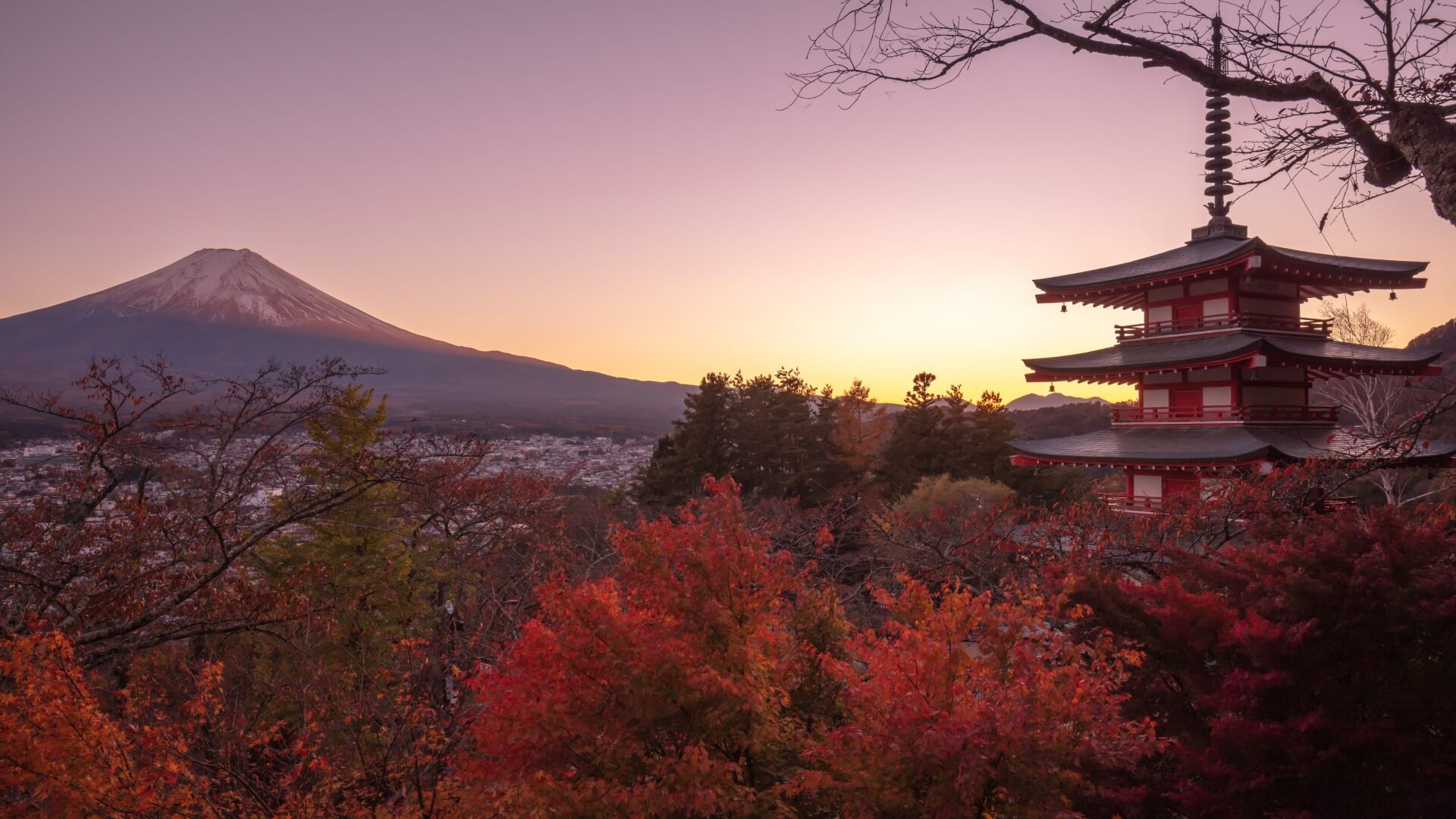
Japan’s native religion of Shintoism has a strong association with nature worship; a belief system in which all things are considered divine and awe-inspiring natural features such as rivers, trees, waterfalls and mountains are often worshiped in their own right. In that regard, all mountains in Japan are considered sacred with many being important beacons pilgrimage. Among them, three mountains stand above all other and are considered the most sacred in Japan:
Mount Fuji
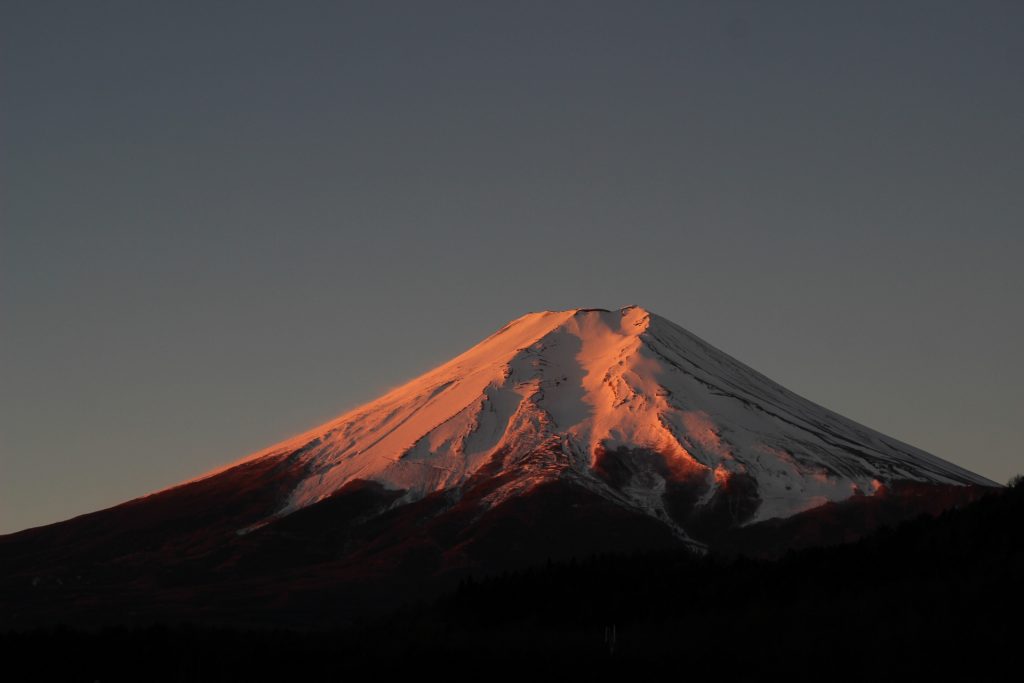
Japan’s iconic Mount Fuji will be instantly recognisable to many visitors long before they step foot in Japan. At 3,776 metres above sea level, Fuji is Japan’s tallest mountain – a brooding, active volcano deeply woven into the cultural tapestry and psyche of the country. A popular destination for hiking and mountaineering, Fuji’s official climbing season runs from early-July until mid-September, during which time, all trails and mountain facilities are open. Weather is typically mild and this time and snow will be gone from the mountain. Visitors have the option of summitting Fuji via different trails including the Yoshida Trail – open from early-July until mid-September – along with the Subashiri, Gotemba and Fujinomiya Trails – open from mid-July until mid-September.
1 Day Tour
| Mount Fuji Day Trip : Adventure around Lake Kawaguchiko | |
| Period | All Year Round |
| Time | 07:50 – 19:45 |
| Meeting Place | Outside Shinjuku Bus Terminal |
| Adult Rate | ¥24,900 |
| Child Rate | ¥15,500 |

Mount Tate
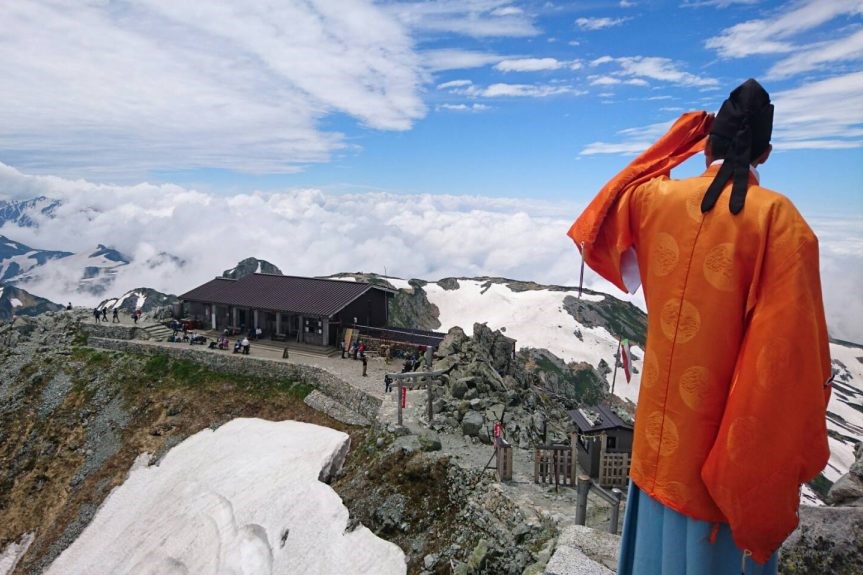
Standing 3,003 metres above sea level, Mount Tate – or ‘Tateyama’ – is best known for its enormous snow walls. Cut into the fresh snow each spring, a mountain road and the vehicles on it are dwarfed by the snow walls that rise to around 20 metres above. Accessible via the Tateyama-Kurobe Alpine Route from Nagano or Toyama, this is one of Japan’s most dramatic and sacred landscapes. The summit of Mount Tate can be reached using hiking trails that open as the snow recedes in July, welcoming visitors onto another of Japan’s most sacred mountains – a place where heaven and hell have long been considered to coexist.
1 Day Tour
| [Spring Only] 1-Day Tour from Nagano: Snow Walls of Tateyama-Kurobe Alpine Route | |
|
| |
| Period | April to June |
| Time | 07:50/08:15 – 18:00-19:00 |
| Meeting Place | Hotel Kokusai 21 Nagano Station |
| Adult Rate | ¥30,000 |
| Child Rate | ¥23,800 |

Mount Haku
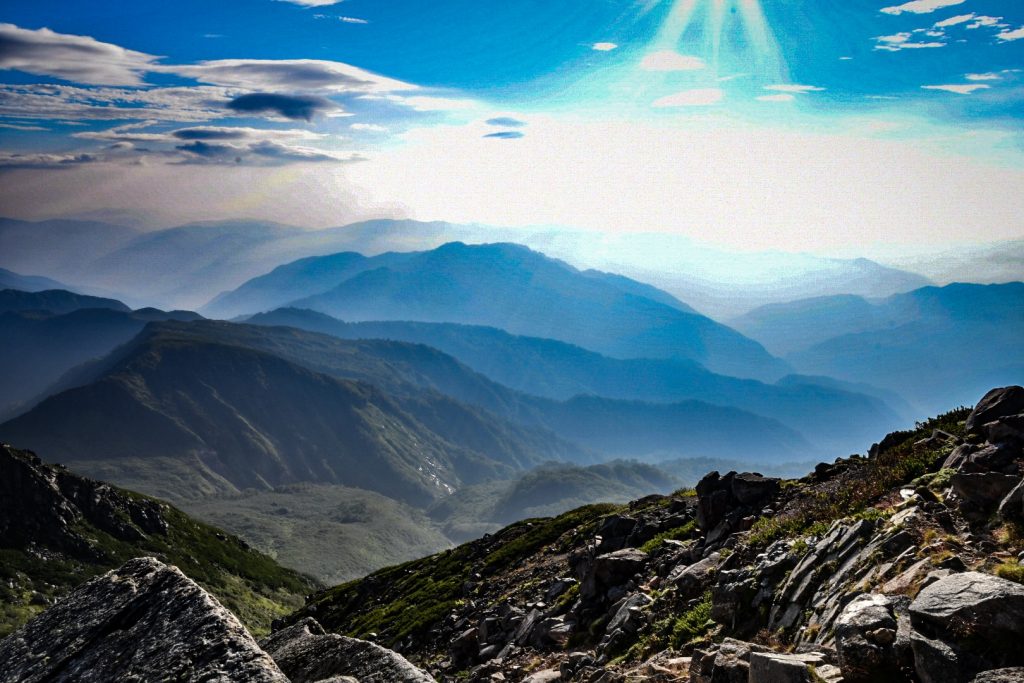
The third of Japan’s three sacred mountains, Mount Haku or ‘Hakuasan’ stands 2,702 metres above sea level and is the focal point of Hakusan National Park. The park extends across four prefectures – Ishikawa, Fukui, Gifu and Toyama – and is accessible from Kanazawa in around 60 minutes (by car). Buried in deep snow through winter, the trails of Hakusan can be hiked from-late spring until autumn, allowing visitors the chance to enjoy another of Japan’s most beautiful and spiritually significant landscapes.
4 / RECOMMENDED SPIRITUAL & HISTORIC WALKS
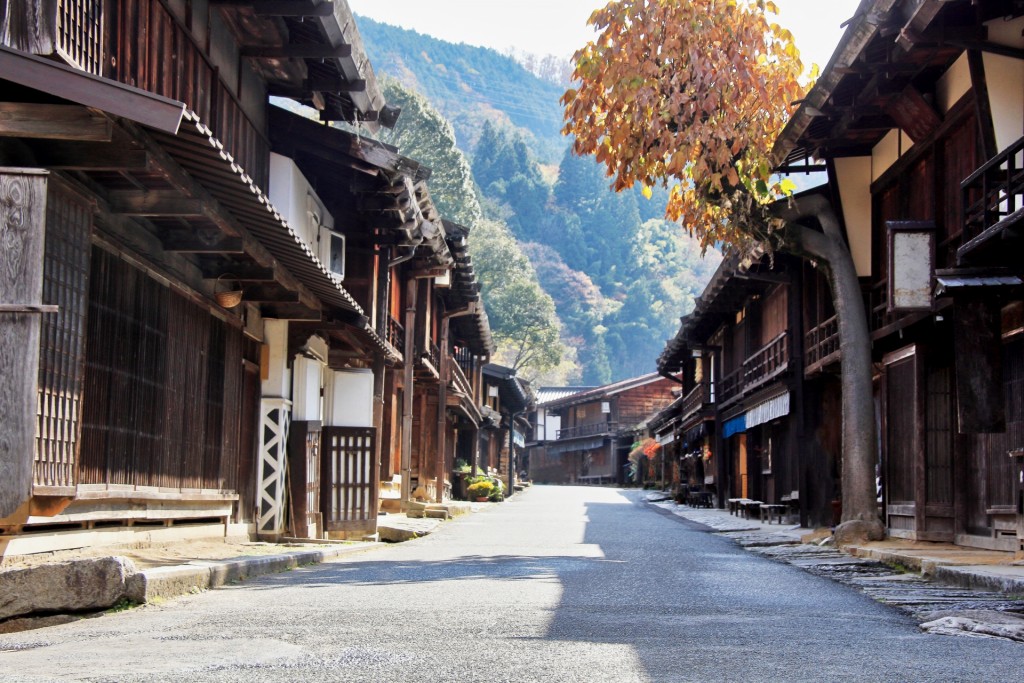
Visitors wanting to explore Japan’s faith systems in combination with hiking also have the option of following many pilgrimage trails and other historic routes around the country. Whether you place significance on the spiritual aspect of the walks, the experiences are themselves often worth undertaking purely as hikes through some of Japan’s most beautiful landscapes starting with:
Kumano Kodo
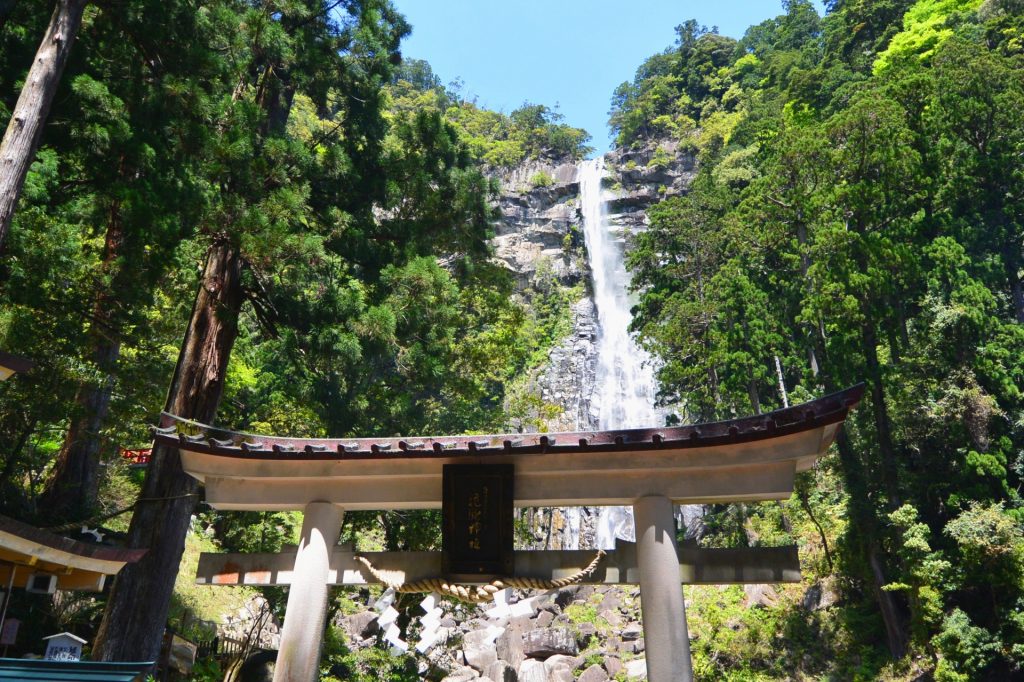
For more than 1000 years, the pilgrimage trails of the Kumano Kodo have been walked by monks, pilgrims, aristocracy and lay-people between sacred sites and temples on the Kii Peninsula. As one of only two pilgrimage routes in the world to have World Heritage-listing – along with the Camino de Santiago in Spain – walking the Kumano Kodo is one of Japan’s most rewarding and memorable experiences. Walks vary greatly in length ranging from leisurely walks of an hour or two to multiday hikes between the famous sites. The Nakahechi is one of the most popular routes. Stretching 30km from Tanabe on the west coast, this is a comfortable two-day walk – requiring an overnight stay in Chikatsuya Oji – which ends at the Kumano Hongu Taisha, one of the Kumano Grand Shrines. For more information, see our ‘Walk the Kumano Kodo Trail’ page.
Ontake Kodo
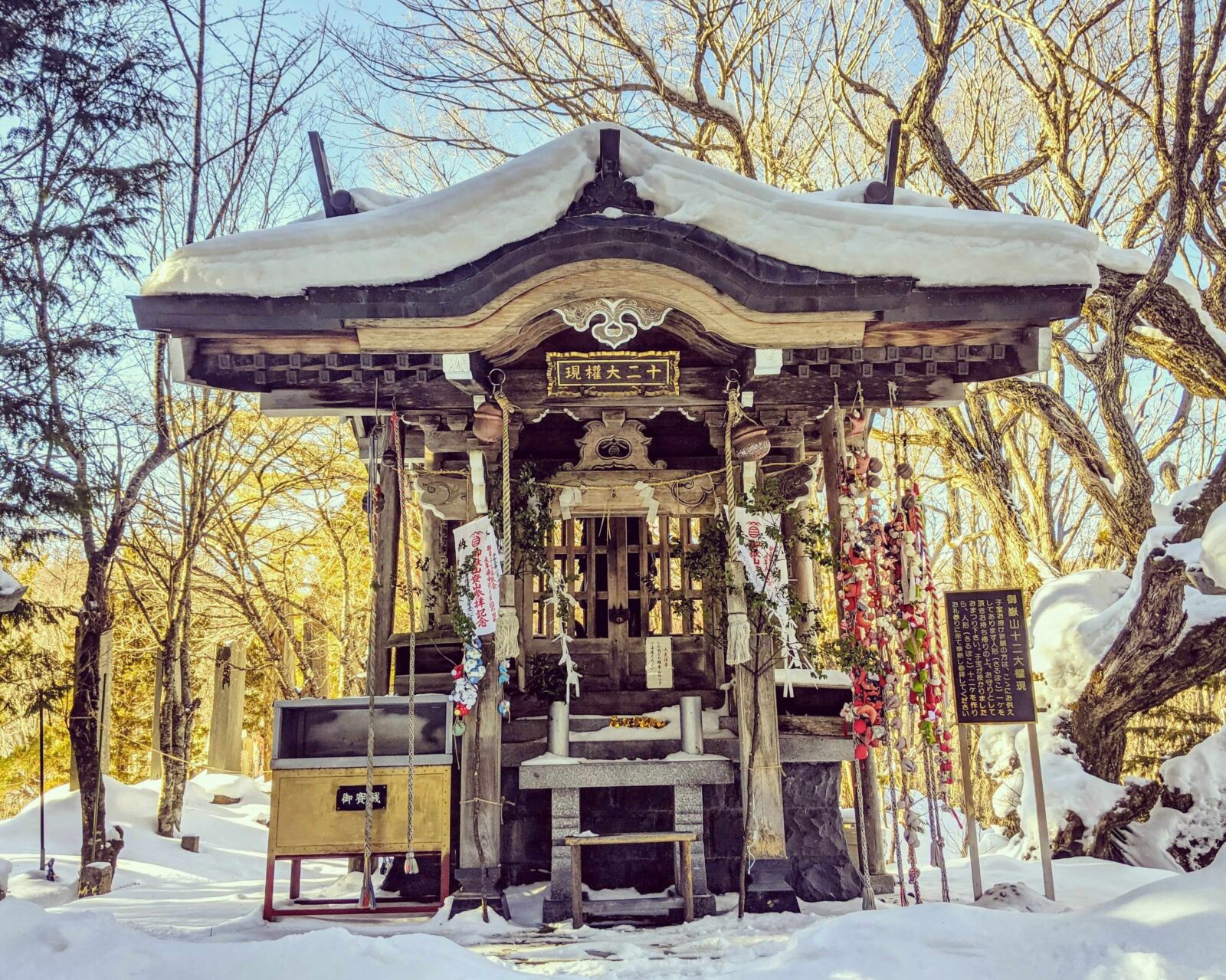
Lying to the south of Chubu Sangaku National Park and between Nagoya and Matsumoto, the Kiso Valley is a beautiful region of azure rivers, waterfalls and lush forests around Japan’s second highest volcano, Mount Ontake. Ontake itself is considered sacred by pracitioners of ‘Ontake Shinto’ with the region home to the pilgrimage trails of the ‘Ontake Kodo’. Largely unknown to international visitors, the Ontake Kodo is slowly gaining recognition outside of Japan following the World Heritage-listing of the ‘Kumano Kodo’ trails on the Kii Peninsula. For travelers looking to experience the Ontake Kodo with an experienced local guide, the Mount Ontake Kodo Nature Worship Tour and Mount Ontake Ropeway & Forest Hiking Tour operate to and from nearby Kiso-Fukushima Station.
Togakushi Kodo
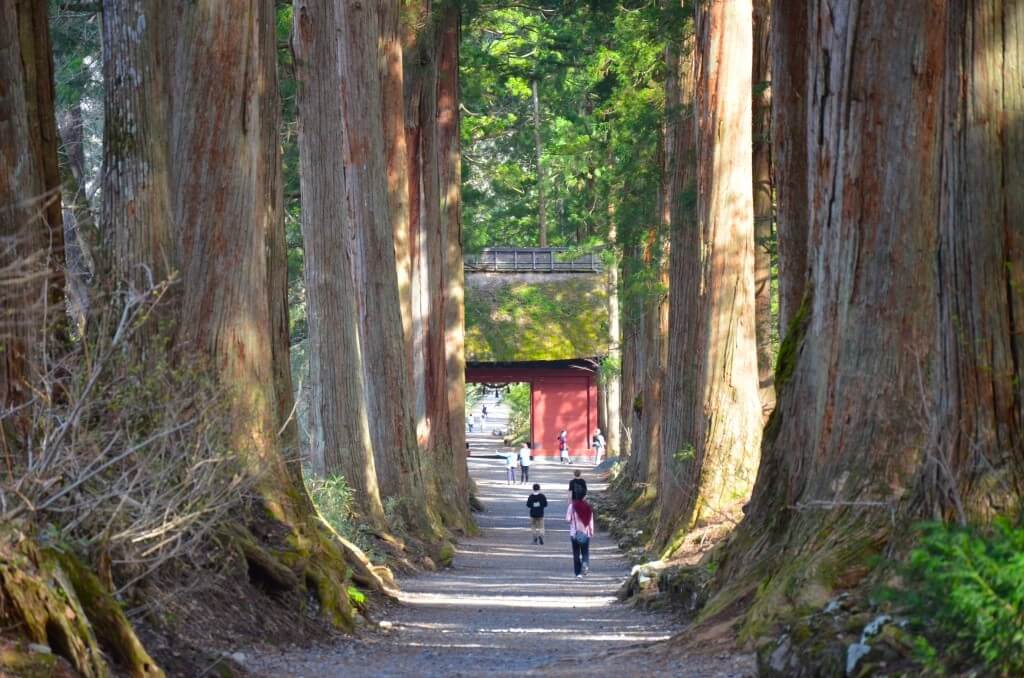
Home to some of Japan’s most important Shinto shrines, trails criss-cross the forests of Togakushi between the shrines and lead as far as Zenko-ji Temple in Nagano City. In doing so, the Togakushi Kodo connects two of Japan’s most important Shinto and Buddhist points of pilgrimage in a spiritual route that largely flies under the radar. Especially beautiful through October and November when the forests of Togakushi are awash with colour, enjoying the leisurely Togakushi Kodo is a chance to walk a historic and spiritual path with few other people. For more information, see our ‘Togakushi’ page.
Nakasendo
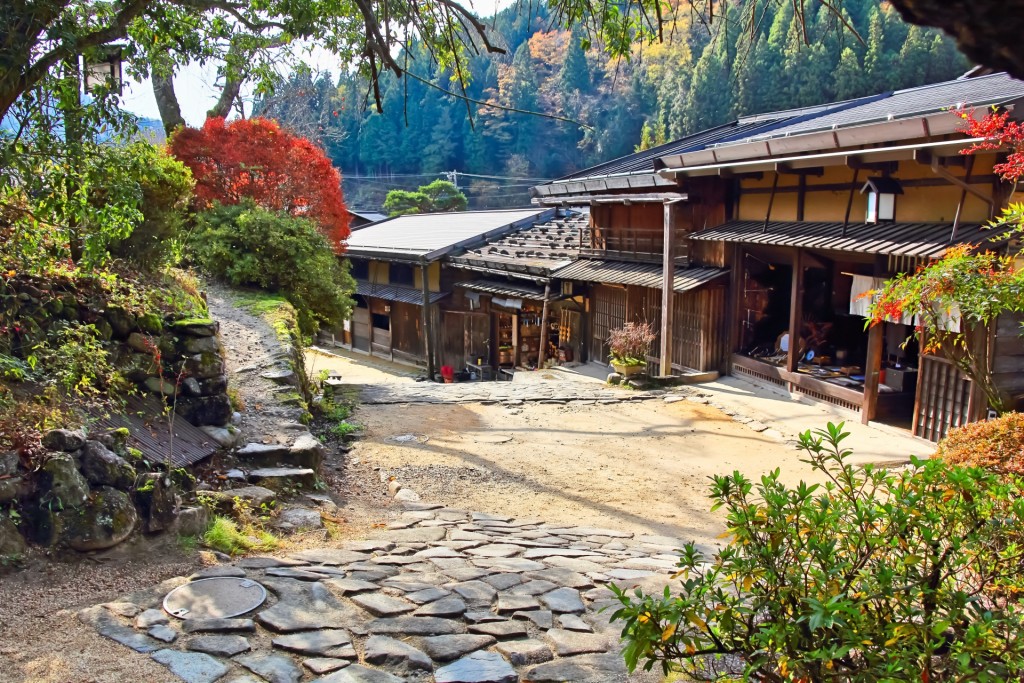
One of five major routes connecting Tokyo – then called ‘Edo’ – and Kyoto during the Edo Period (1603-1868), much of the Nakasendo can still be walked today. Translating as ‘road through the mountains’, the Nakasendo was used by all manner of people including dignitaries and their families as they travelled to and from the two centres of power, merchants, ascetics and many others. Over the total expanse of the route, sixty-nine ‘juku’ or ‘postal towns’ developed to monitor and control movement along the road, tax it and provide services including accommodation. Today, several towns including Narai-juku, Magome-juku and Tsumago-juku in the Kiso Valley remain in an excellent state of preservation. Lying in perhaps the most beautiful section of the Nakasendo, walking the historic ancient takes you deep into Japan as you move through both time and space. For more information see our ‘Walk the Nakasendo Trail’ page.
1 Day Tour
| 1-Day Tour from Nagano & Matsumoto: Step into the Past on the Nakasendo | |
|
| |
| Period | March – June / September – December |
| Time | 08:15 – 18:30 |
| Meeting Place | Nagano Station Matsumoto Station |
| Adult Rate | ¥24,900 |
| Child Rate | ¥12,900 |

5 / HOT SPRINGS, YOGA & MEDITATION
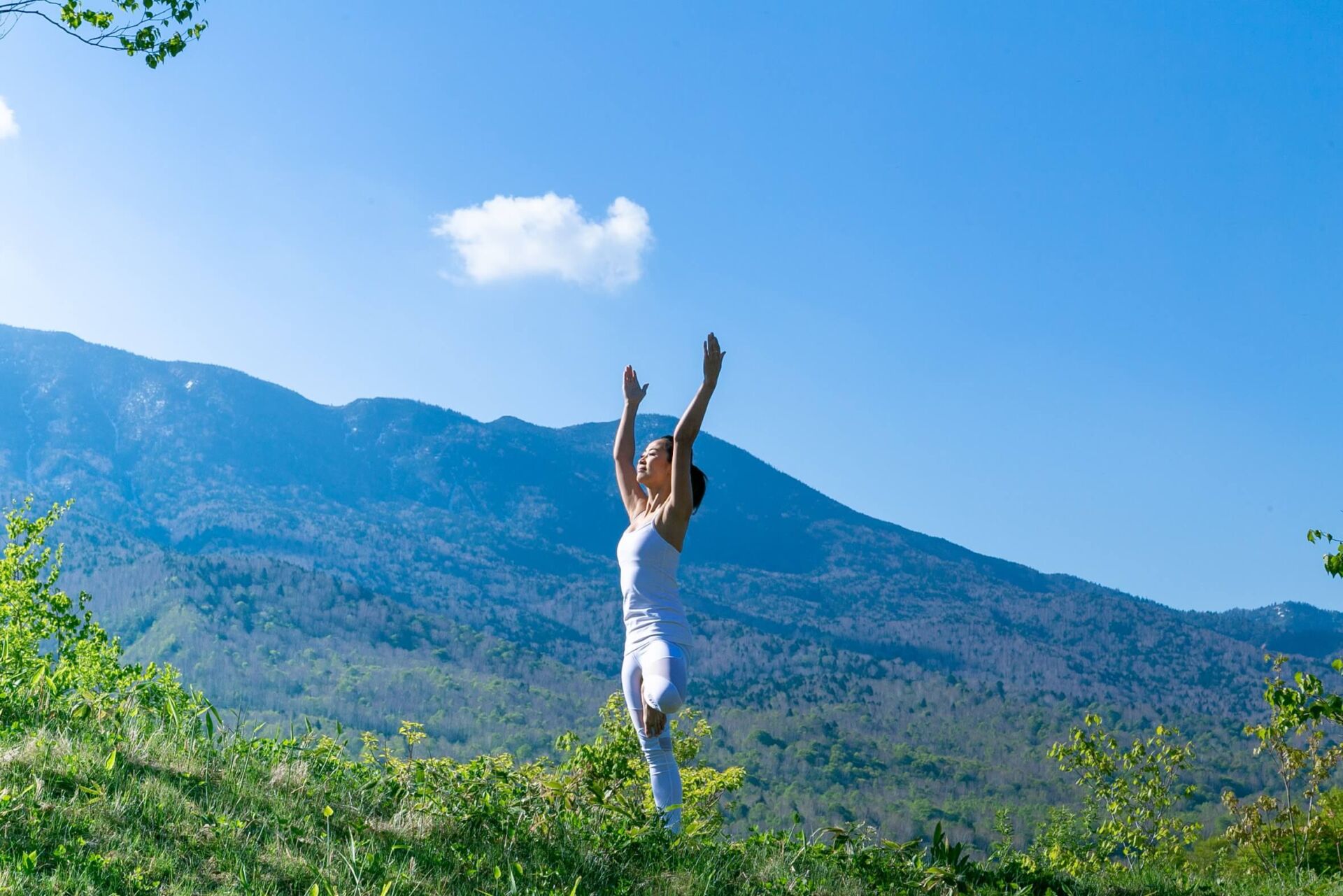
Japan has a long history of refuge and healing most prominently demonstrated by its tradition of bathing in ‘onsen’ (natural hot springs). Dotted throughout the country, onsen towns have long been places offering escape and solace from daily life, in a casual and leisurely way underpin by Shinto principles of water purification – with some of the country’s most famous onsen towns located in our home region of Nagano and Central Japan.
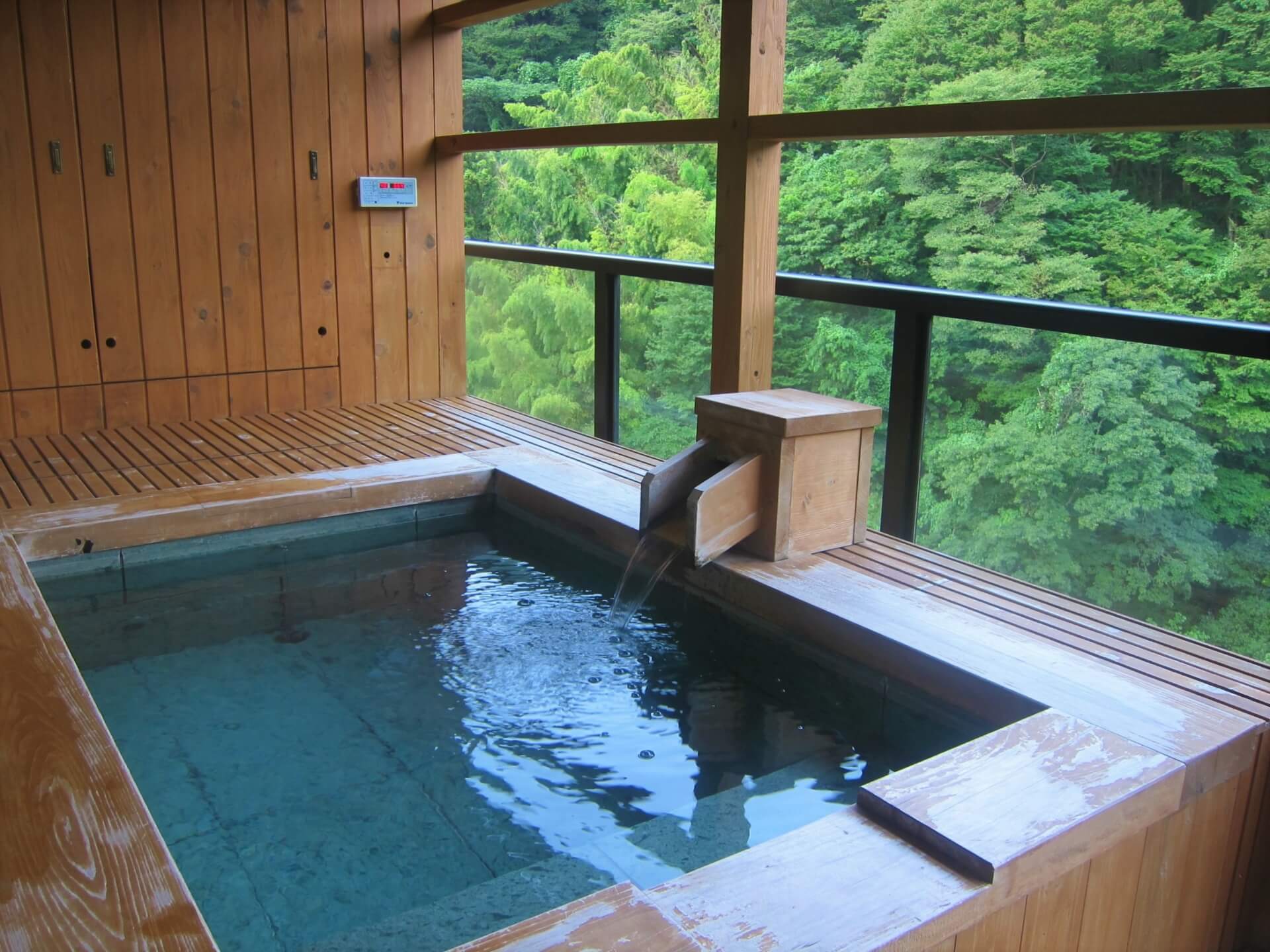
In recent years, many onsen towns are rediscovering their historic character and reemerging as places of healing, with many hotels and guesthouses offering a suite of activities including yoga and meditation. In addition to this trend, the ski resorts of Central Japan including Shiga Kogen, Hakuba, Nozawa Onsen and others are increasingly building their reputations as destinations for holistic activities during the green season. If that appeals to you, we recommend the following:
Hotel Grand Phenix, Shiga Kogen
Situated in the Okushiga area of Shiga Kogen Highlands, Hotel Grand Phenix is the region’s premier hotel. Grand Phenix offers guests a range of activities for guests throughout the year including outdoor yoga in the beautiful landscape of the surrounding national park. Endless walking trails also lead through the forests, an ideal place to enjoy ‘shinrin-yoku’ (forest bathing), far away from the crowds and hassle of daily life.
6 / EXPERIENCE MORE ON A GUIDED TOUR
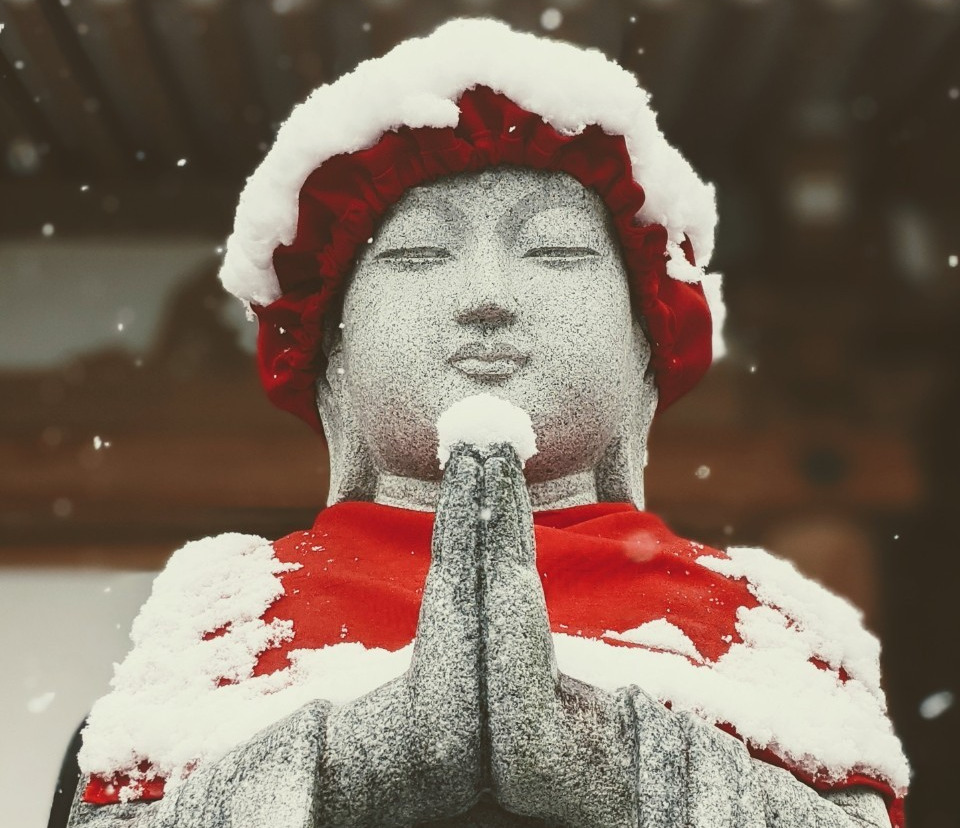

Experiencing the spiritual side of Japan can be even more rewarding on a guided tour, on which your guide can help unlock the meaning behind the places and practices you will visit and enjoy. Based in Nagano, we are proud to offer the following tours:
1-Day Togakushi Mountain Shrines & Forest Ninja Tour
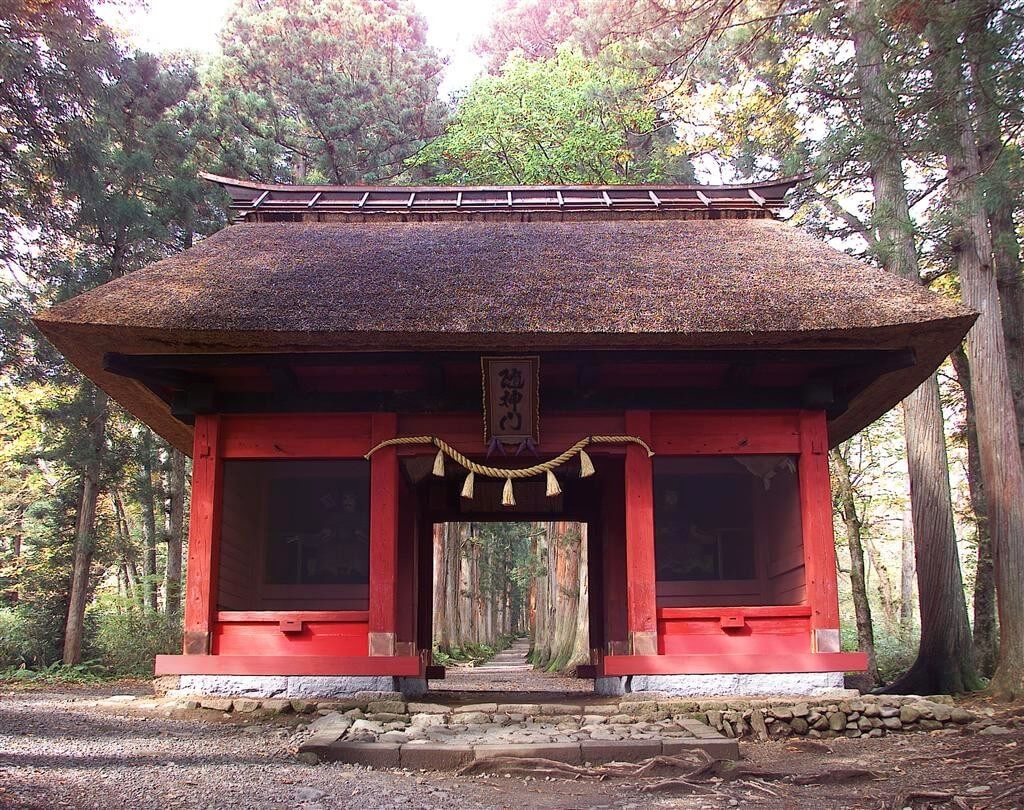
Sitting just outside Nagano City, the forests of Togakushi are home to some of Japan’s most important Shinto shrines, a place linked the creation myths of Japan itself and the mountain refuge of the Togakure Ninja. This engaging tour takes you along short sections of the pilgrimage trails of the ‘Togakushi Kodo’ and deep into myth and legend. Including visits to two of the most important shrines, the Togakushi Ninja Museum and ending at the grand avenue of giant cedars. For more information see the full tour page.
1 Day Tour
| 1-Day Togakushi Legends Tour: Hands-on Soba Noodles, Ninja Village, and Hidden Shrines | |
|
| |
| Period | July to November |
| Time | 09:35 – 17:20 |
| Meeting Place | Nagano Station Information Board |
| Adult Rate | ¥19,800 |
| Child Rate | ¥11,000 |

1-Day Snow Monkeys, Zenko-ji Temple & Sake Tour
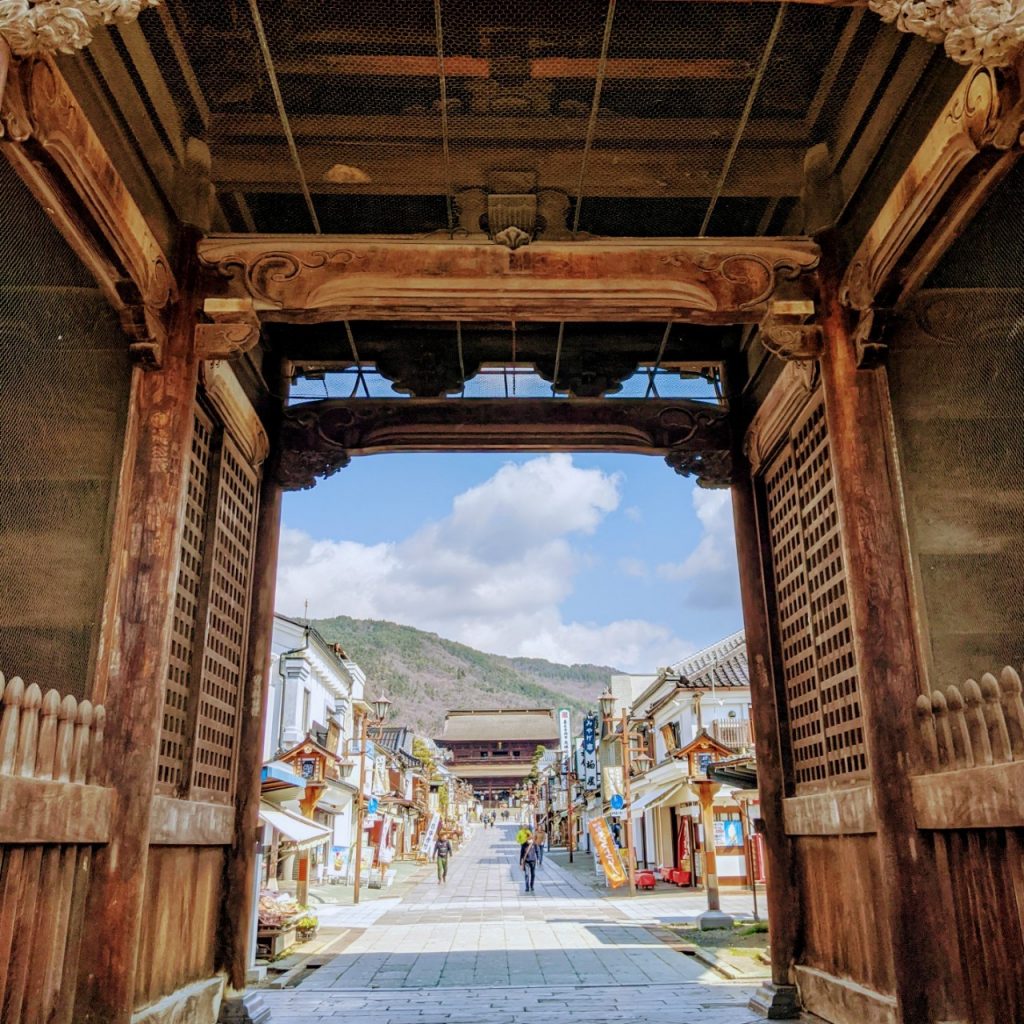
Take in some of the highlights of Nagano with this engaging tour starting with a visit to Zenko-ji Temple – one of the oldest and most important Buddhist temples in Japan – followed by sake tasting and lunch at a nearby restaurant. It’s then time to head to the Snow Monkey Park and its world-famous hot spring-bathing monkeys! All led by a locally-based English-speaking guide, this tour is a great way to see the best that Nagano has to offer. For more information see the full tour page.
1 Day Tour

| 1-Day Tour: Snow Monkeys, Zenkoji Temple & Sake in Nagano | |
|
| |
| Period | All Year Round |
| Time | 09:35 – 17:35 |
| Meeting Place | Nagano Station Hakuba (winter only) |
| Adult Rate | ¥17,800 |
| Child Rate | ¥11,000 |

7 / BOOK WITH US! NAGANO’S NO.1 TOUR & CHARTER OPERATOR
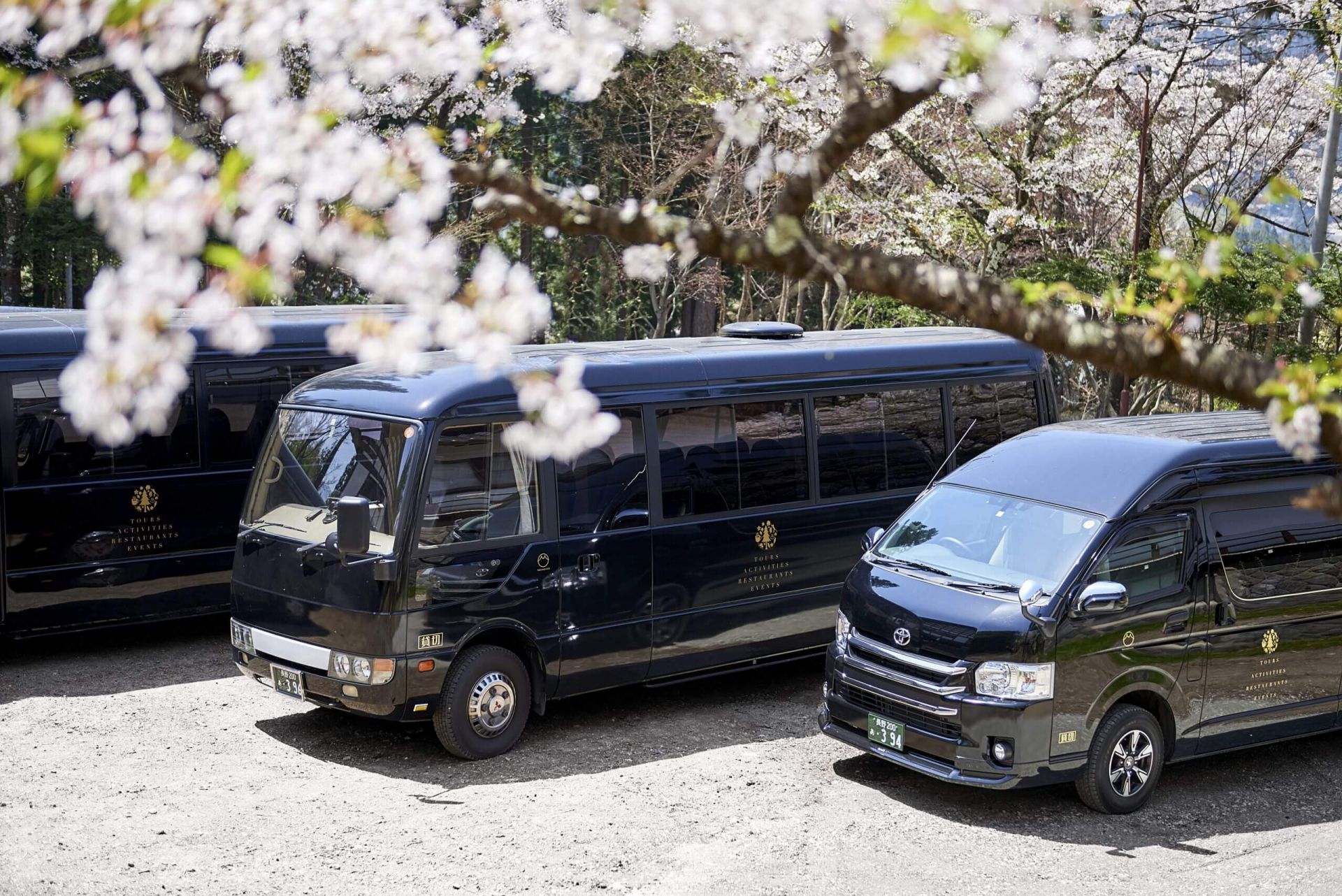

Based in Nagano and operating all year round, we are Nagano’s No.1 tour and charter operator. We have the local knowledge of where to go, when to go and what to do when you’re there to make sure you get the most out of your adventure in Central Japan! As a registered travel agent we can arrange experiences and tours, transport, accommodation and inclusive packages at the destinations listed above. So no matter what you’re looking for, we’ve got you covered including getting you to the best outdoor destinations and events in the region.
For guests wanting to access these destinations in the comfort of their own transport, we can arrange a private tour or charter customized to fit your needs, starting and ending at any destination in the region. Our drivers and vehicles are fully certified, allowing us to transport you to and from your preferred destinations in combination with any activity that suits your schedule.
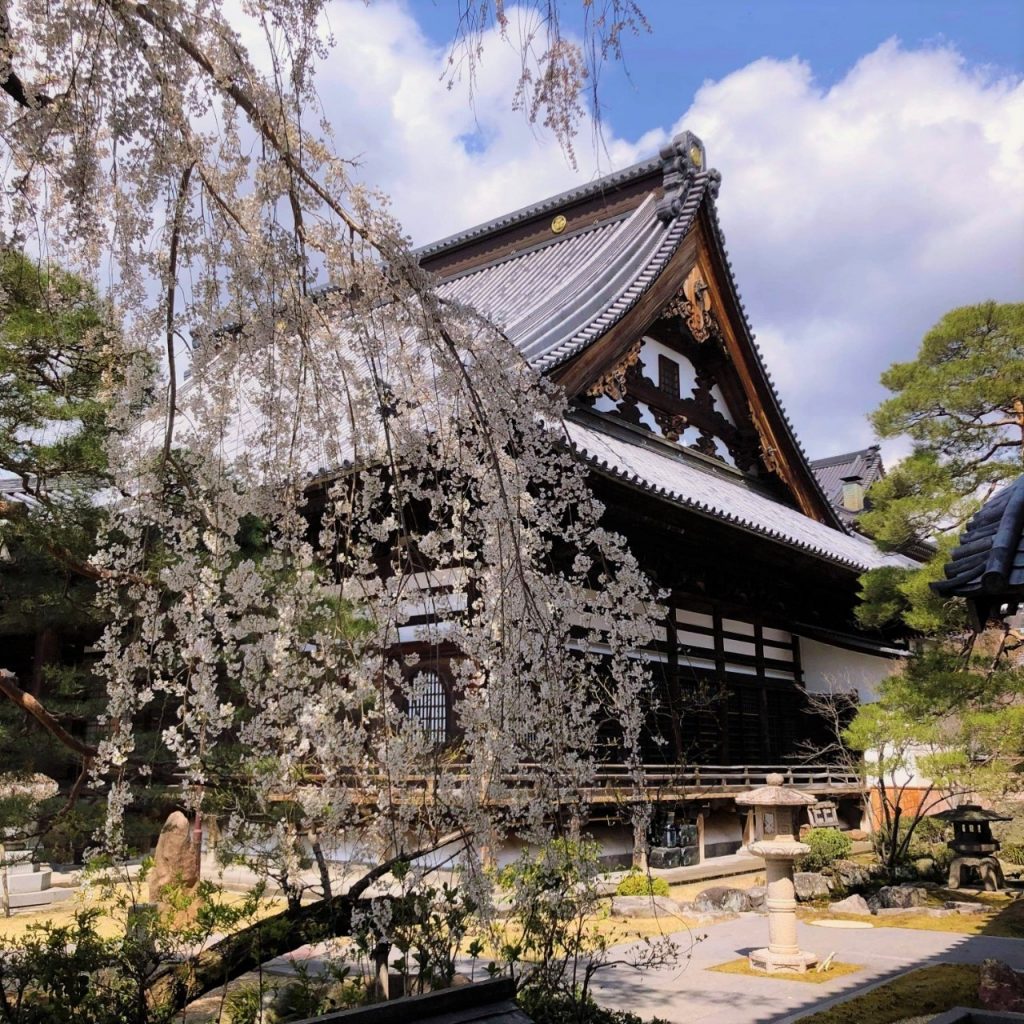
We can arrange both private tours with an English-speaking guide or a private charter, including a private vehicle and driver but without a guide. We’d love to be part of your adventure in Central Japan and help you discover even more!
Why choose us?
Awarded a 2019 TripAdvisor Travelers’ Choice Award for our 1-Day Snow Monkeys, Zenko-ji Temple & Sake Tour – recognised as one of the Top 10 Experiences in Japan – we have the local knowledge and experience to help you get the most out of your time in Nagano and Central Japan.
Got a question about visiting Nagano and Central Japan? Contact us and let’s get planning together!



